










Valley Volunteers is my favorite special section. People who give their time are among the area’s greatest philanthropists. Instead of taking a day off, these people rally and get involved in an area that needs them, from the National Museum of Wildlife Art to the slopes of Teton Pass.
The late Jerry Balint and his dog, Coup, were the first team in North America to uncover someone buried alive in an avalanche (page 7). The late Bill Finerty worked tirelessly at a variety of nonprofits, with some visitors in Grand Teton National Park seeking him out year after year (page 3).
A group of teens forgo video games after school and instead decorate for an awards banquet for their peers in the Helping Hands club of 4-H (page 6). The Presbyterian Church of Jackson Hole brings volunteers out every Wednesday to craft a meal for anyone in the community (page 5).
Some people come into volunteering by way of their passion, and then their passion becomes the volunteering. Read about one of those people who started with an affinity for fly-fishing (page 13).
We invite you to join us in celebrating the valley’s dedicated volunteers, and to consider where you might fit if you have time to invest.
— Whitney Royster
Published by
PUBLISHER
Adam Meyer
EDITOR IN CHIEF
Johanna Love
MANAGING EDITOR
Billy Arnold
PHOTOGRAPHERS
Bradly J. Boner, Kathryn Ziesig, Erin Burk
EDITORIAL DESIGN
Andy Edwards
CONTRIBUTORS
Jasmine Hall, Mark Huffman
Kyle Leverone, Christina MacIntosh, Kate Ready, Whitney Royster, Andrew Stojkovich, Charley Sutherland
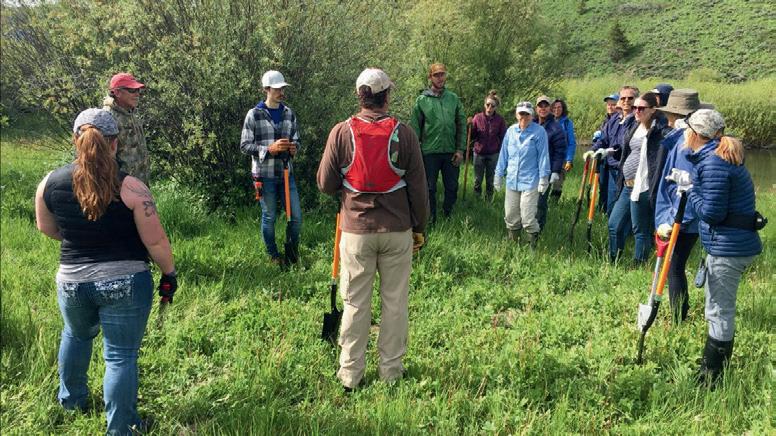
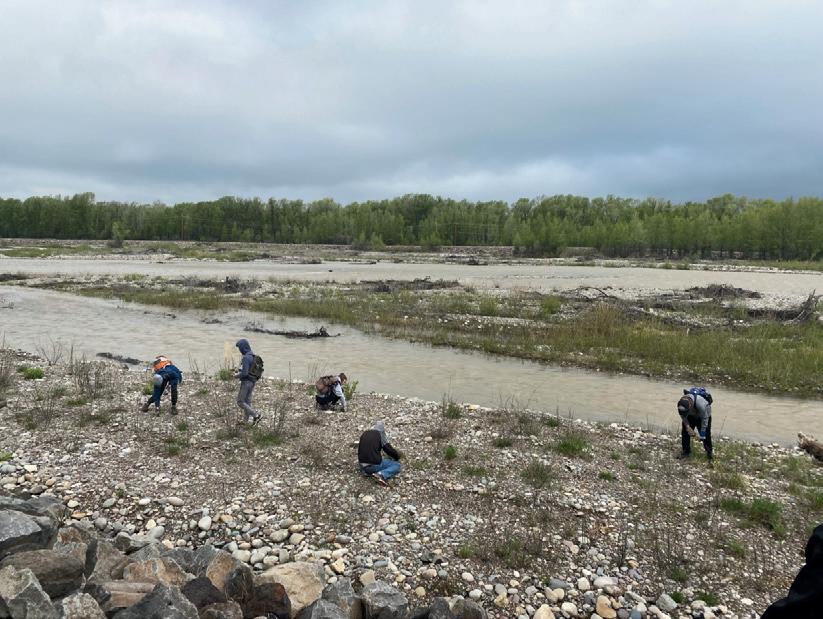
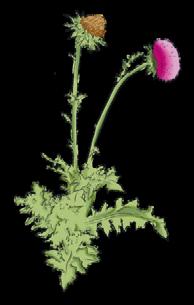
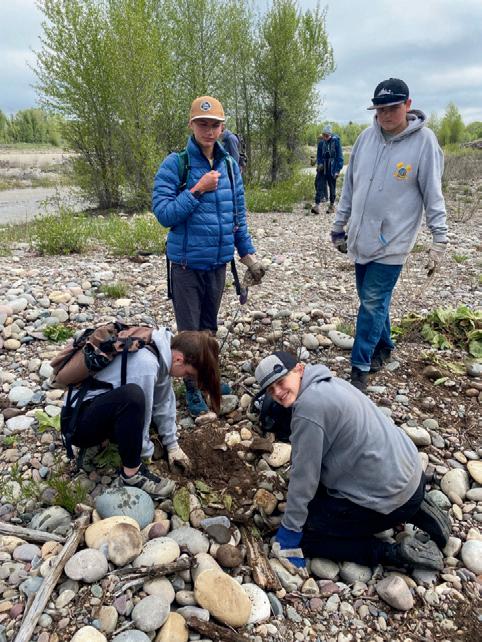




CREATIVE DIRECTOR
Sarah Wilson
ADVERTISING DESIGN ARTISTS
Lydia Redzich, Luis Ortiz, Chelsea Robinson
DIRECTOR OF ADVERTISING
Karen Brennan
MULTIMEDIA SALES MANAGERS
Tim Walker, Chad Repinski
DIGITAL CAMPAIGN, MULTIMEDIA SALES MANAGER
Tatum Mentzer
DIRECTOR OF OPERATIONS AND SALES
Tom Hall
PRODUCTION
PRODUCTION MANAGER: Dale Fjeldsted
PRESS SUPERVISOR: Stephen Livingston
PREPRESS SUPERVISOR: Lewis Haddock
PRESSMEN
Gunner Heller
CIRCULATION MANAGER: Jayann Carlisle
CIRCULATION: RuLinda Roice, Thatoe Kyaw
CEO Kevin B. Olson
Bill Finerty, 77, died Feb. 7 and was nominated posthumously for his thousands of hours of service.

By Jasmine Hall
Bill
Finerty
always showed up.
He gave every bit of time he had available to the community, spending thousands of hours volunteering with organizations like the Teton Raptor Center, Grand Teton National Park, Boy Scouts of America and the National Museum of Wildlife Art. His fellow volunteers described him as committed, adventurous, kindhearted and passionate.
“He lived a life of service,” said Laura Harrison, who worked with Finerty for five years at Scouting America, the Boy Scout organization. “That’s just who he was.”
Finerty, 77, was posthumously nominated and selected as Super Volunteer in Teton County. He retired in Jackson in 2016 after spending much of his career as a team physician for Defiance College athletics in Ohio. He died Feb. 7. Those who felt his warmth in the Tetons for close to a decade said his death created a void that was unbelievable for just one person.
He never wanted to miss an opportunity to give back.
Finerty was dedicated to Scouting his entire life, and that didn’t change when he came to the Tetons after retirement. Harrison said he was active in every service project that Scouting Troop 67 did in Teton County, whether that was collecting for local food banks or serving dinner at the Good Samaritan Mission. She said if he couldn’t show up because of a conflicting volunteer shift with another organization, he would wish he could be in two places at once.
“He just couldn’t be everywhere all at once,” she said.
Even when it came to his own personal battle with cancer, he didn’t want to compromise.
“He would call me and say, ‘Well I have a cancer treatment that day. I am so sorry I can’t make it,’” Harrison said. “As if he was regretting it.”
She would always tell Finerty they understood treatment was a priority, but she said it was an incredible demonstration of how giv -
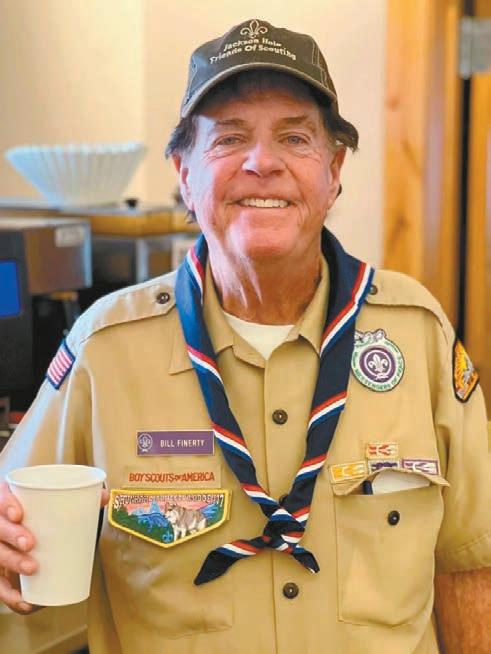
ing he was with his time.
He also looked out for the Scouts at every turn. Whenever the troop did a trip in Grand Teton National Park a few times a year, Harrison said, he would make sure the Scouts were prepared for all they might encounter: wildlife, weather, trail conditions.
“To the extent that he would even hike out and check on us,” she said.
Finerty knew the park well.
Among the countless ways he served the community, he devoted more than 4,250 hours volunteering in Grand Teton National Park, where according to his obituary he was a “beloved presence as a String Laker, ski ambassador, pathway ambassador and helper on Teton Park Road.”
Mary Beth Riemondy and her
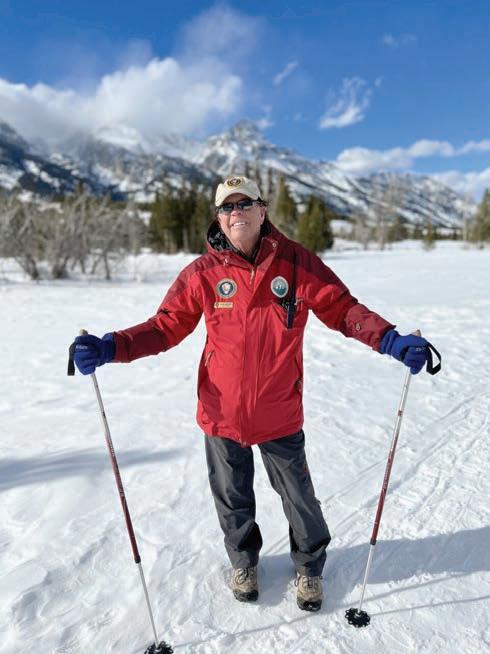
husband met Finerty when he first started volunteering in the park. They worked with him for eight years, patrolling the String Lake area or biking through the Tetons on the same scheduled days.
Riemondy said Finerty got to know everyone because he worked at least three days a week in Grand Teton. In the summer, said Jess Erwin, volunteer coordinator for the park, he was driving up from Alpine five days a week. He was never compensated for the more than 150-mile trek. It was just what he loved to do.
Riemondy admired his dedication and the connection he built with visitors. He constantly made recommendations about where to hike, bike or ski, and Riemondy said he gave out a ton of “Barker” rewards
for visitors who came with a dog and followed the rules. She said his presence made the park fun for visitors, with his upbeat energy and contagious passion.
“We actually had people that returned to hike that would say they would come in the summer for String Lake,” she said. “They would look for Bill because they met him the year before. A lot of people really enjoyed talking to him about things he had done during his life or where they were from and if he had been to their state.”
But what also amazed Riemondy was how many corners of the world he impacted. She nominated Finerty for the Super Volunteer because, she said,
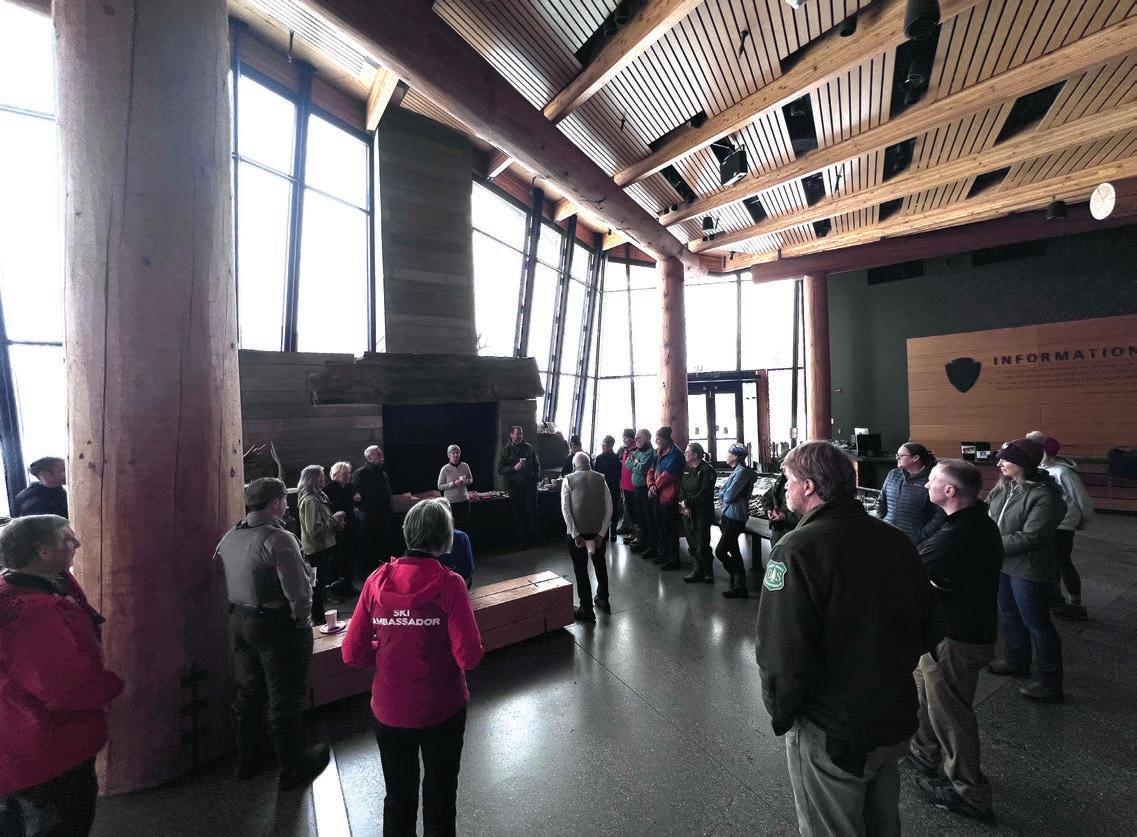
Docents at the National Museum of Wildlife Art give a closer look at the collection.
By Whitney Royster
Most of them love the Chief. Out of a sooty, powdery landscape comes the biggest bison many have ever seen. He stares, in mid stride. Is he angry? Curious? Content?
The Canadian Robert Bateman painted “Chief” in 1997, and the docents at the National Museum of Wildlife Art often call it a favorite.
“People just love it after I tell them the story,” Ellen Sanford, a 16-year docent, said, adding that the artist struggled with that painting and started it over. “He tried to show the chief of the herd coming across the dusty plain.”
It’s often one of the first stops on a docent tour. Sanford, along with about a dozen other docents, are available at the museum on request. The entire program is staffed by volunteers — people devoted to helping share the message and spirit of the museum — who have undergone hours of training and taken up some studying on their own.
“They are all very strong in their own fields and they have their unique twist,” Sage Wilson, assistant curator of education at the NMWA said. In the winter there are about five active docents; summer doubles that.
Sanford said people on the tours are often amazed that the museum has such a fine collection of wildlife art.
“Some have told me they thought they would see stuffed animals and taxidermy,” she said. “They often tell me they didn’t anticipate the size of the museum, the quality and variety of art and sculpture.”
A docent gives a private tour, with groups limited to about 20 people. It offers people a chance to learn more about the collection, and notice things they may not see without a guide.
Lucretia Finlay, a seven-year veteran, gave a recent tour and stopped at a Carl Rungius painting of a black bear in the lobby.
“How many colors do you see in the bear?” she asked a group. People looked closer and saw many.
“Sixty-seven,” Finlay said. “You don’t just paint it black.” Grays, browns and even whites give the
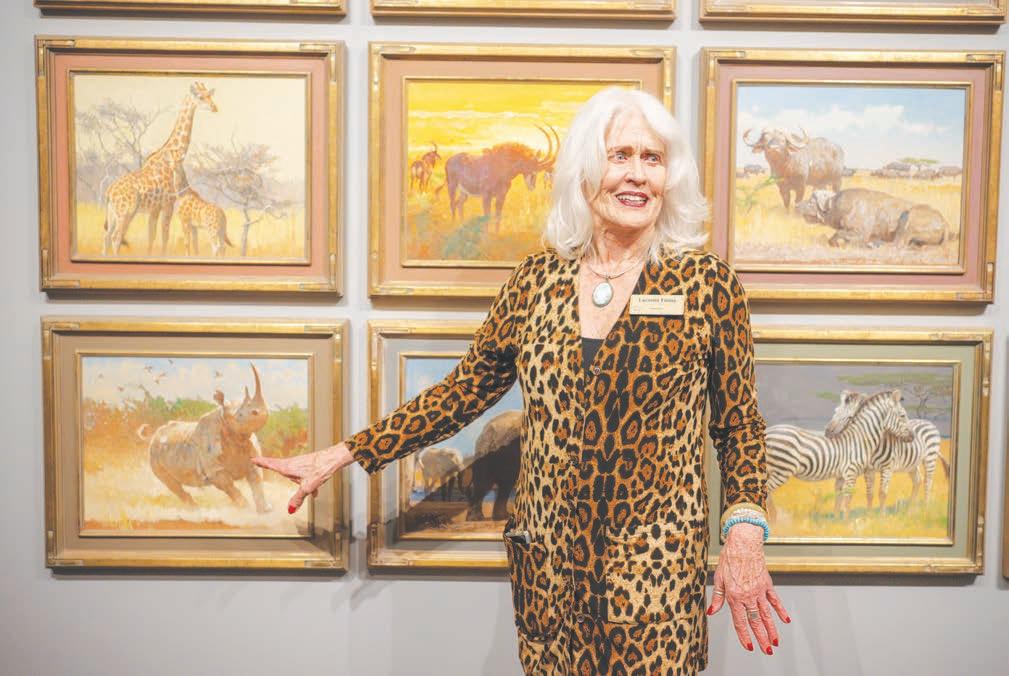
impression of sunlight reflecting off its fur.
Many of the docents have a similar story to how they got started — they wanted to learn more about the museum. But in doing so they accomplished more: Meeting people from all over the county and world, and learning more about the area.
When training docents, the museum sometimes invites experts in the community, like someone from the National Elk Refuge to talk about how the animals affect the landscape and how the landscape


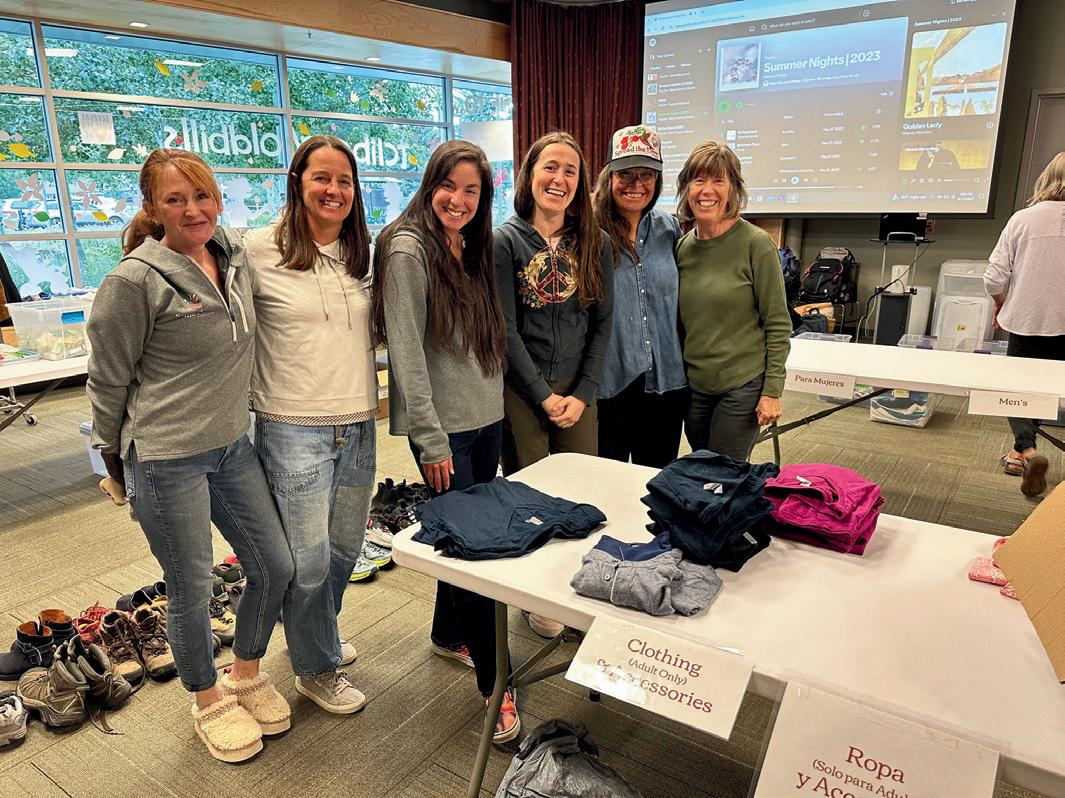


impacts the animals. That gives docents a broader range of understanding about the area, and about some paintings.
Other volunteers might also give a presentation in trainings about something they find interesting, like picking out a particular painting or sculpture and doing a deep dive into its history. One person did research of the New York Zoological Society and its impact on wildlife art.

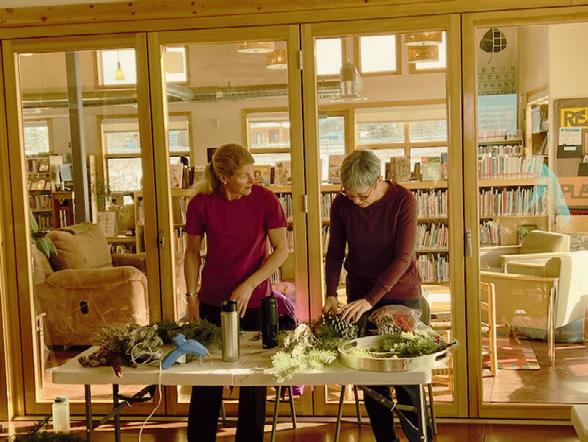
Your Book Nook sales ($27,141 in 2024) support literacy for all ages
You distributed thousands of books to the community via the Book Nook, Little Free Libraries, Sprout Mobile & the JH Airport bookshelf Teen Advisory Board created programs to connect with teens
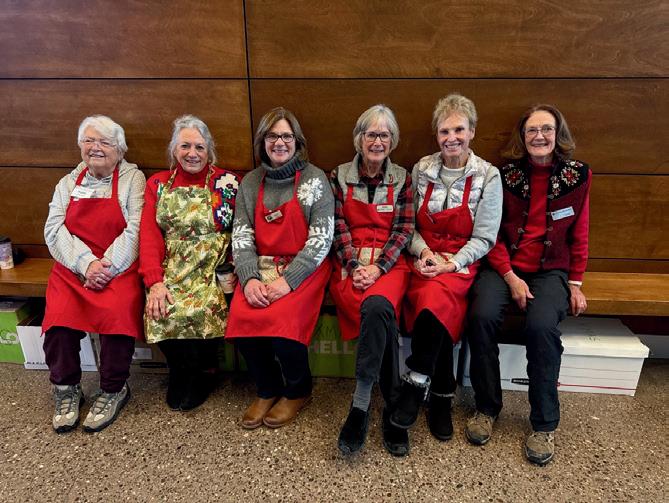

You brought energy & helping hands to programs like Summer Reading, Edible Book Fest, Winter Wonderland & Love Your Neighbor Email volunteer@ tclib.org to join our team.

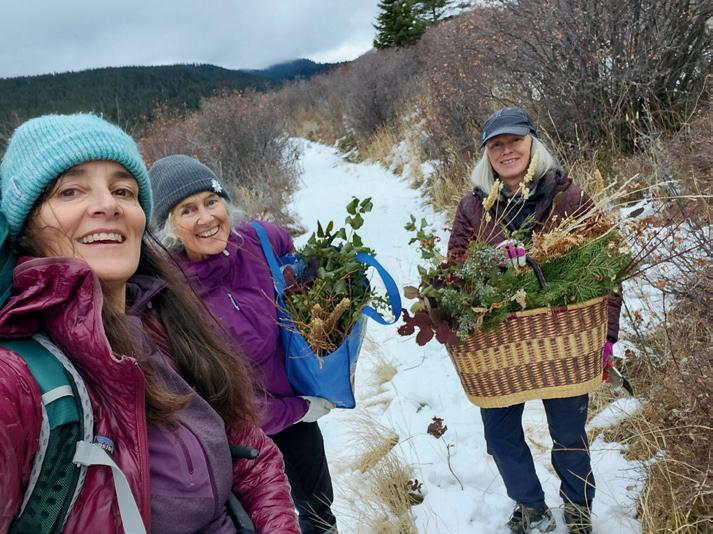





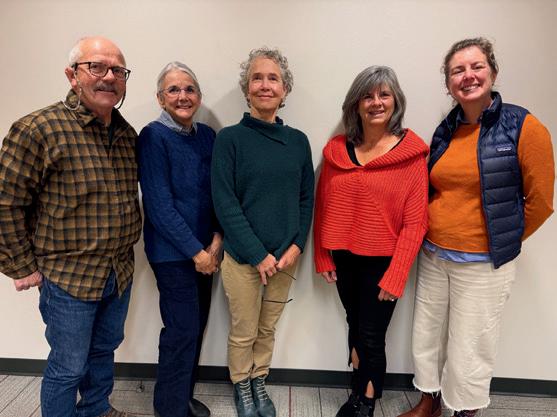
From 6 to 7 p.m. Wednesdays, all are welcome at the Presbyterian Church of Jackson Hole.
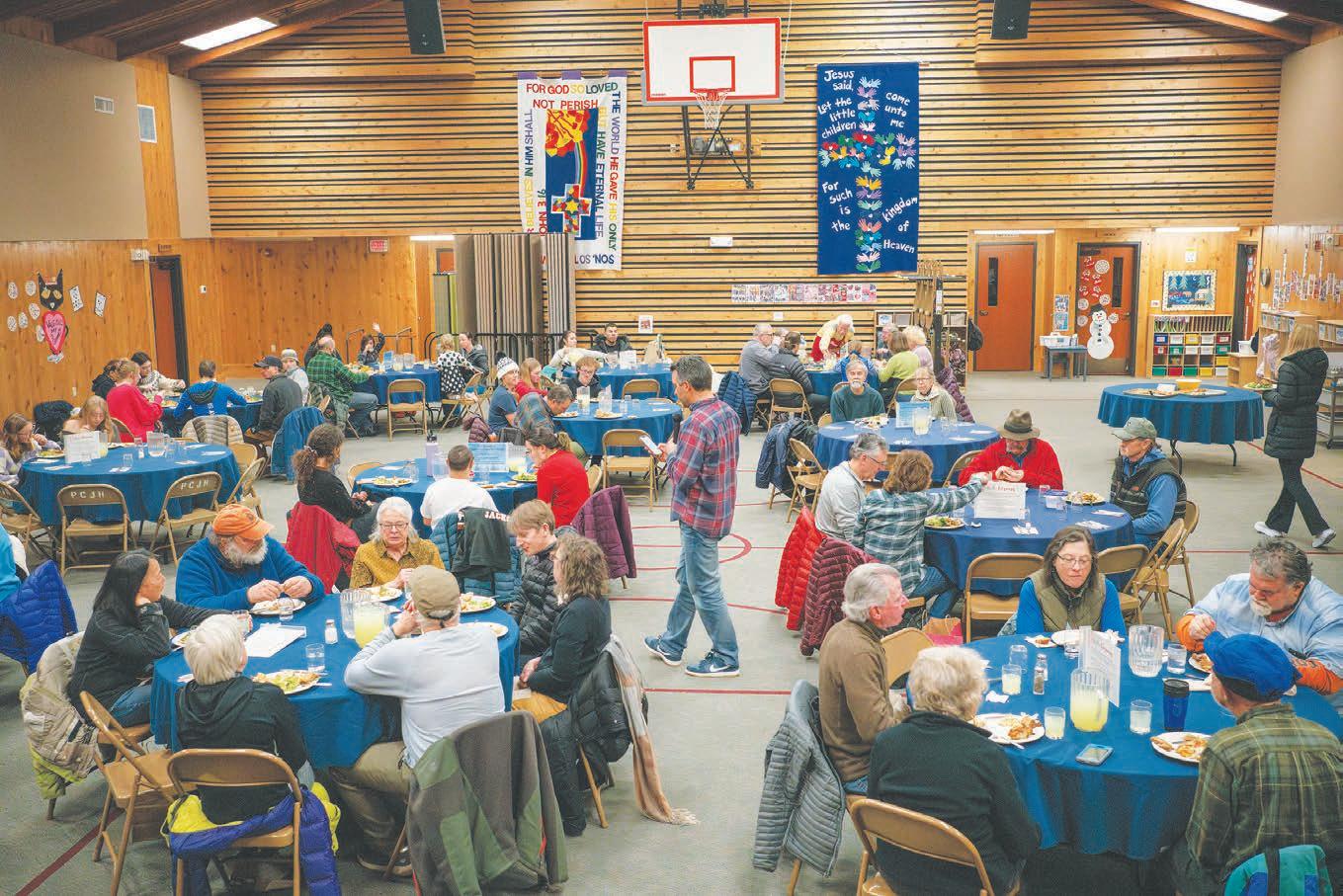
By Kyle Leverone
Every Wednesday from September to May, volunteers at the Presbyterian Church of Jackson Hole bustle around in the church kitchen and Hayden Hall, preparing for the masses.
On Feb. 19, 13 tables were set up around the carpeted basketball gym with hoops towering over guests. Michael Schrotz, Randy Reedy and others arrived early to organize the room, as volunteer chef Chas Baki prepared food in the back.
Although the specific history of the event is fuzzy, these Wednesday community dinners have been going on for more than 20 years. According to senior pastor Reverend Ben Pascal, it started when the 2008 recession hit and the church decided to help those who struggled with food insecurity. Since then, the Wednesday dinner — which happens weekly from 6 to 7 p.m. — has continued, becoming something of a community staple.
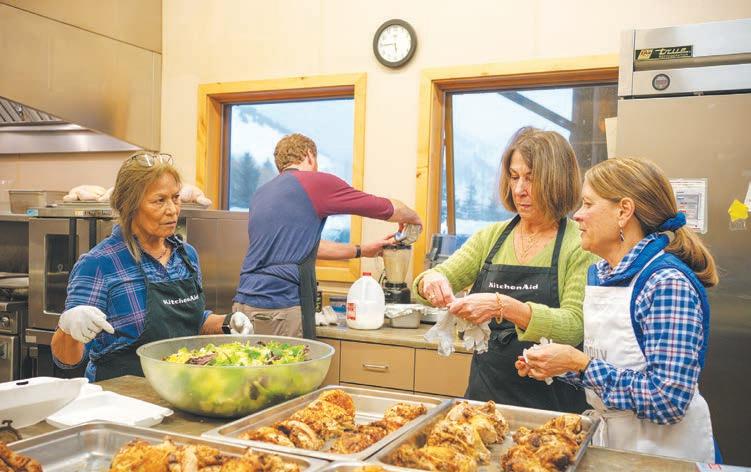
“I see it [the event] as the front porch of the church,” Pascal said. Churchgoers attend, neighbors
stroll over, people who are unaffiliated with any church show up, and guests from other churches stop in. Before
the recession arrived, the Presbyterian Church would hold these types of dinners for its congregation: they would do a Bible study, eat dinner and then take part in a class, for example. Now, it’s “more of an outreach to the community,” Pascal said.
For those who don’t know each other, there are cards on each table with ice breaker conversation starters, ranging from, “What’s an important part of love to you?” to “How did you spend your holiday weekend?”
“I think that our congregation is really proud of having the dinner because they see it as a blessing to the community,” Pascal said. “Whoever wants to eat or come and have conversation and meet people, we just see it as a local mission project.”
On this particular Wednesday evening, guests started filling in around 6 and found tables. “Oh, you can sit with us,” one woman said to another. Meanwhile, Baki and the other volunteers cut bread, mixed salad and

Students in the 4-H Helping Hands program (formerly Citizenship Club) work to boost spirits in a variety of roles.

By Andrew Stojkovich
“It’s under the sea!” said a group of 4-Hers — Emax Hansen, Ayla Toolson, and Halle Heron.
On Feb. 26, day two of the 2025 Wyoming Special Olympics Winter Games, 11 4-H student volunteers in the Helping Hands club (formerly the Citizenship Club) set up dinner for the athletes and families in the banquet hall of the Snow King Hotel.
The theme was evident by party glasses in the shapes of various animals (crabs, puffers, dolphins), cardboard bubbles, and the creative use of tinsel fringe as jellyfish tentacles.
“I love doing this,” said Hansen, 15, as she taped together two blue swirling tinsels. “It’s a good way to spend your time.”
That morning, a group of 10 Helping Hands volunteers were at the Elks Lodge helping set up the Olympians’ breakfast. Some of them, including Phoebe Turner, 16, also helped with decorations that afternoon.
“It’s fun,” Turner said. “Even when it’s early in the morning. Everyone’s so nice.”
Through the 4-H service program, many of the 4-Hers had a chance to talk with the Olympians.
“I got to meet most of them,” Toolson, 14, said. “And I also know the ones that have been in school.”
Many of the Special Olympics volunteers have been with 4-H for a long time. When asked why they keep coming back, a recurring theme appeared : Volunteering is rewarding.

“It’s a cool community to be a part of and this club is a nice way to give back,” said Miles Krasula, 13, a fifth-year 4-H’er. “I really like this event in particular. Just seeing everyone so happy is really worth
it.” This happiness had clearly seeped into the pre-dinner atmosphere, as most of the kids smiled and laughed as they prepared for the evening.
“4-H
Avalanche rescue team of Jerry Balint and his dog Coup made first rescue of live skier in North America.
By Mark Huffman
Jerry Balint liked to load up the dog and head to the countryside for a day of hunting, relying on his canine companion to guide and retrieve.
A good day meant they would come home with something to show and to eat. Pheasant or partridge were favorites.
But Balint and the dogs he owned over several decades often went hunting for something less edible but more important — and a find was a lot more vital than a meal. And not only for the searchers.
Balint, who died in February, and his black Lab Coup made history in 1992 when they combined to find skier Drew Dunlap after he had been buried by an avalanche in Green River Bowl, to the south of Jackson Hole Mountain Resort, where Balint was a ski patrolman for 35 years.
It was the first rescue of a live skier buried in an avalanche in North America. Coup was honored as “animal hero of the year” by the state veterinarian association and inducted into the Wyoming Animal Hall of Fame.
Coup and two other Labs owned by Balint over the years, Moon Pie and Hooter, were all hunters and thought a day sniffing the snow for anything buried and then digging for it was a good way to play. Sporting breeds, and especially Labs, Balint once said, were just plain born to find people buried in snow. “People



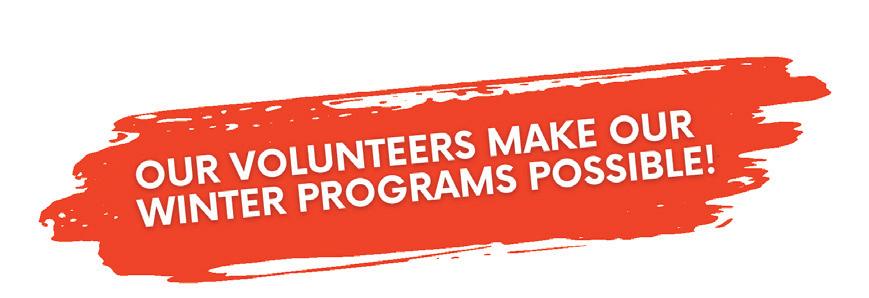
Jorge
Oliver
an avalanche and Balint would tell the dog to “Hunt ‘em up, Coup.” The patrollers would stand back.
“It was all a game for them, they loved doing it,” Jeanni Balint said, talking about the dogs — but perhaps also about her late husband. “The dogs were notorious for wanting to dig up stuff. ... It just came natural.”
Balint grew up in a military family “all over,” Jeanni Balint said. He did a tour in the U.S. Air Force and lived a while in San Diego. He came to Wyoming on a hunting trip and decided it would be his place. The man who would become a career ski patrolman arrived in Jackson Hole not knowing how to ski.
Over the years he also worked a while for the U.S. Forest Service and drove for a float trip photography company. He had a life-long love of dogs and enjoyed training them. He and fellow patroller Peter MacKay, also a dog guy with a black Lab, learned about dogs being used in rescues — something not done by the Jackson resort patrol at the time — and thought it would be both fun and useful.
It was their own project: “They started it; there wasn’t a program going on before they started it,” Jeanni Balint said. “They were the guys’ dogs, they bought them, they trained them. They did it all.”
“All” included one vital part of the training: Balint and MacKay would dig 10-foot holes in the snow, wrap themselves in a tarp and then let themselves be buried. Finding their owners or others buried in the snow made the lifesaving a game for the dogs. A treat afterward didn’t hurt. The live rescue was a high point, Jeanni Balint recalled.
the lives of Women and Children in Jackson and Beyond

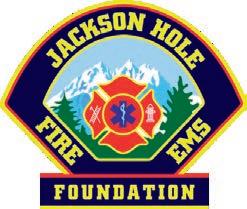

Aska’s Animals brings volunteers together to help puppies and build community.
By Jeannette Boner
Carol Nowakowski gently cracks the door on one of the three palaces at Aska’s Animals. It’s February and the days are still bitterly cold near the base of the Big Holes in Teton Valley.
But from inside one of the palaces — a tiny home with puppy beds and places for volunteers to sit and hang out — Nowakowski is greeted with waves of warmth as a gaggle of puppies pours out, full of the radiant energy that begs only for outreached arms.
“I’m not crazy,” Nowakowski said, scooping up one of the puppies as the rest bounce and jump and nip for her attention. “This is just my thing.”
Nowakowski is part of the backbone of volunteers at the Victor, Idaho, nonprofit that helps the staff balance the needs of some of the most vulnerable animals. As the organization continues to break new ground in the world of animal rescue, Aska’s Animals, founded by Aska Langman, has focused on puppies that statistically face a higher risk of behavior challenges, disease, and being returned to shelters later in life or becoming less adoptable. Providing a calm, safe and clean space in the palaces not only allows the female dogs to recover from birth, but gives new litters the kind of attention from volunteers and staff that fosters long-term physical and emotional health.
And while Aska’s Animals is built around the mission of supporting, caring for and fledging young litters and their mommas, the volunteer network creates its own kind of community, empowering people to reach beyond themselves while serving animals.
“This is a community of people who care about animals,” Nowakowski said. “It’s an amazing place to be. I can help dogs without having to adopt every single one.”
Nowakowski has been volunteering with Aska’s since she moved to Teton Valley just before the pandemic. She and her husband came from Colorado to retire and teach ski lessons at the Jackson Hole Mountain Resort. On weekdays, Nowakowski will spend an hour or two scraping up poop in the palaces — and then, of course, cuddling the puppies.
“As an organization in its early stages of growth and development, we have relied on volunteers that ultimately impact animals’ lives,” Langman said. “Volunteers that volunteer here on a regular basis come to realize their value and how they impact not only the animals, but the entire organization.”
The first “Puppy Palace” was implemented in 2021 in collaboration with the Animal Adoption Center in Jackson. Aska’s now has three of the tiny home-like structures. Inside, the walls are painted white with large windows that let in the warmth that a sunny day can produce even in winter. The one-bedroomlike rooms are heated and comfortable, like a human

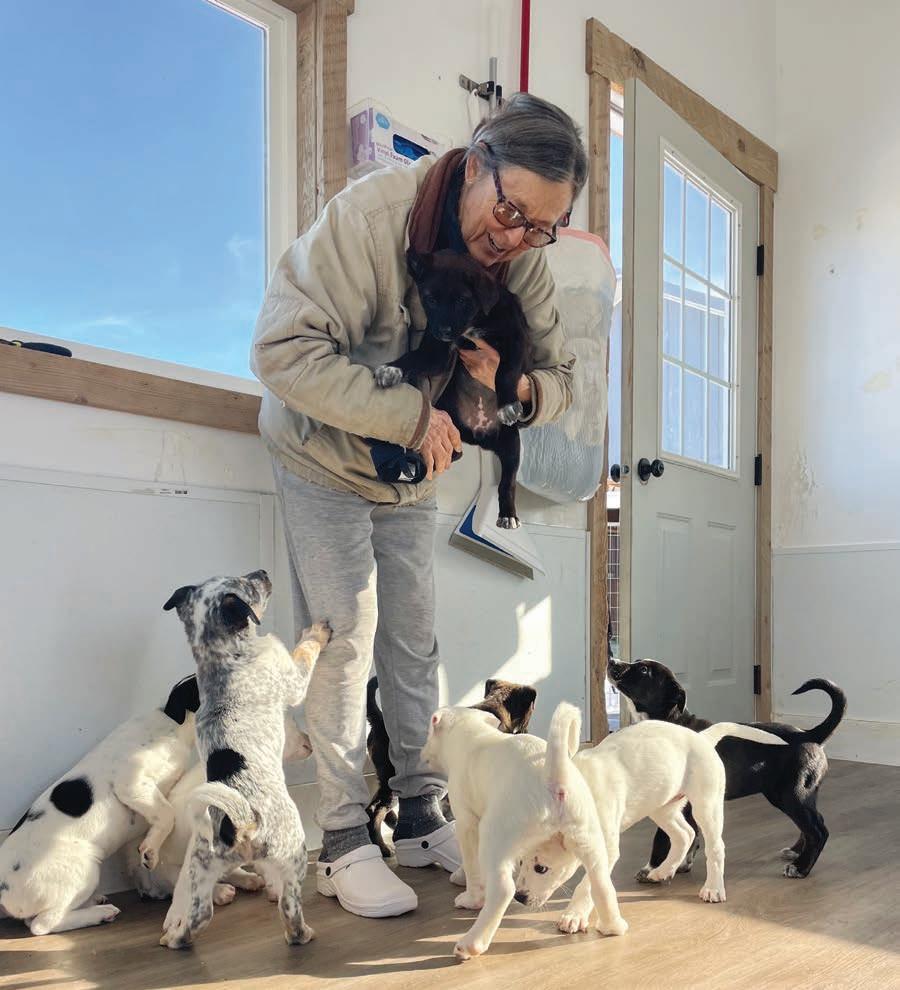
size incubator, but for puppies.
The palaces are stocked with food and toys and warm, clean blankets.
The “palaces” have hosted hundreds of rescued puppies and their mothers. As Aska’s Animals partners with local
and regional organizations, their rescue efforts have impacted the lives of hundreds of domestic animals.
And that’s a lot of poop along the way.
“You don’t have to think about it that much,” Nowa-
kowski said about volunteering. “Volunteering fuels our souls. It doesn’t have to be that much time — just one day a month is all it takes.”
The early morning at Aska’s are quiet. Rescued pot-bellied pigs are still tucked into the
barn, warm under blankets, as the chickens start their clucking and cock-a-doodle-doo-ing. While the puppies in the first palace are busy eating and rolling over one another, Nowakowski takes a moment to pick up every single puppy, offering each its own attention.
Sally Plows, Ashlee DeGooyer and Ulla Rasche also get down to business every Saturday morning at Aska’s Animals.
They are known as the poop queens.
The poop queens are close friends, and Saturday is their day to come together, laugh, play with puppies, and do whatever is needed to keep the palaces and farm in shape. Their routine started with Rasche wanting to do some volunteer work on her birthday three years ago.
Now, the women show up every Saturday ready to don whatever outfit they need to enter a quarantined palace full of new puppies. The quarantine is to protect the puppies from diseases they have not yet been vaccinated for. The friends laugh at their outfits, as they are often draped in plastic bags and clothing from the thrift store to keep the puppies as safe as possible from outside germs.
“In the beginning it was all about the puppies,” Rasche said. “Now it’s about loving the mommies and understanding that there is meaning in the entire process.”
The women work in cadence, knowing how to care for puppies and the momma dog, who can be overlooked.
“It’s not just the cuddling,” DeGooyer said. “It feeds our souls.”
Contact Jeannette Boner at 307732-5901 or courts@jhnewsandguide.com.
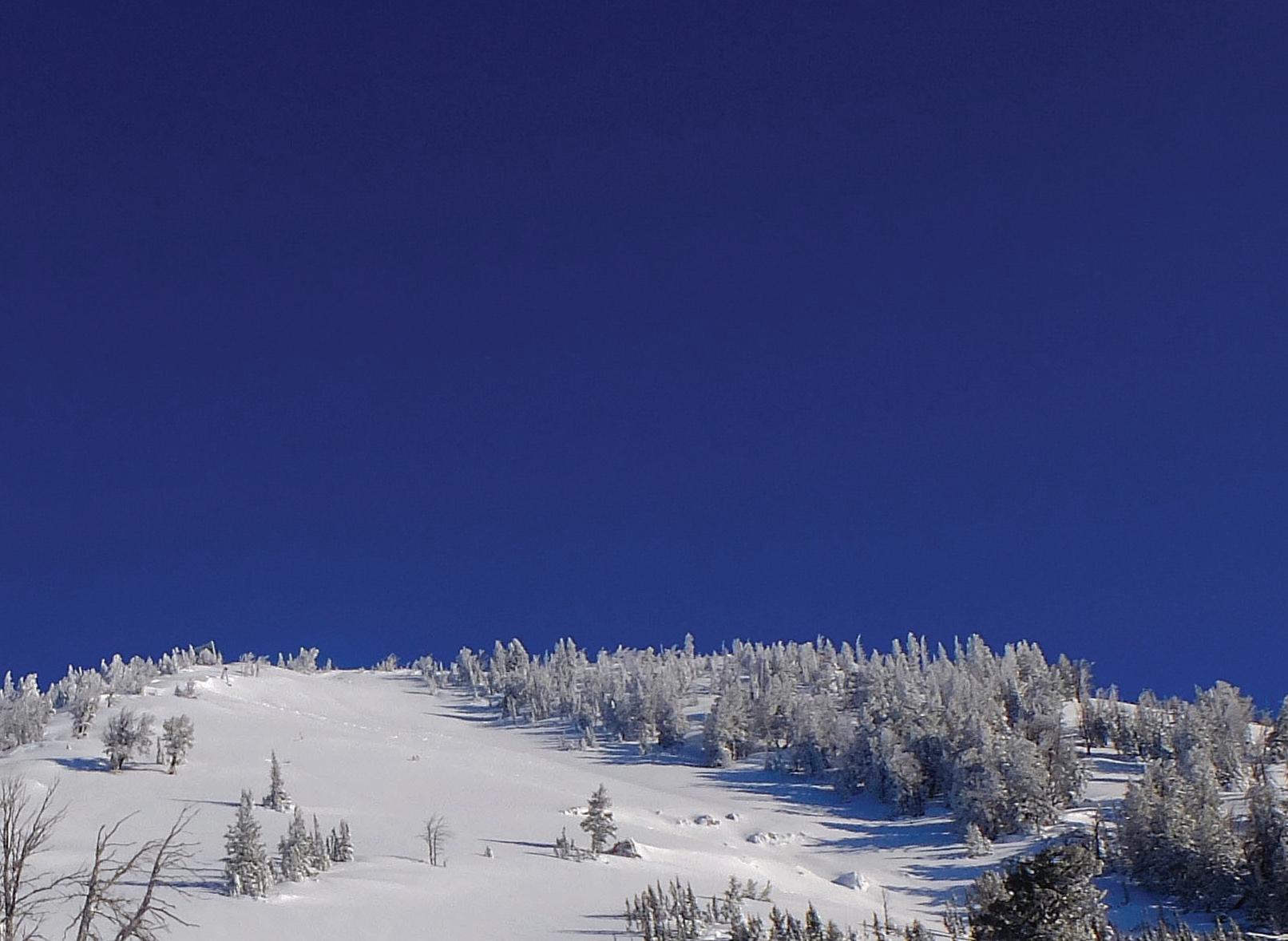
By Charley Sutherland
Dan Nagy came to Teton Valley for the skiing. He stayed because his fellow skiers were welcoming and kind.
O n an outing shortly after moving to the area, Nagy, 38, met Jay Pistono, sometimes called the “unofficial mayor of Teton Pass.” Pistono approached him seeing he had out-of-state plates, and struck up a conversation.
Nagy had lived in Bellingham, Washington, and South Lake Tahoe and had experienced a bit of a “cold shoulder” in the ski world as a new arrival in those locales. But that friendly interaction Nagy had with Pistono inspired him to volunteer himself as a Teton Pass ambassador.
“I’ve never toured anywhere where there’s someone waiting to, not necessarily answer questions, but just be present,” Nagy, who is in his fourth year volunteering, said. He, like Bo Welden, 33, and Angie Whiting, 32, volunteer their time with the Teton Backcountry Alliance. Weldon and Whiting are in their first years. Their objectives as pass ambassadors include engaging in conversations with folks backcountry skiing and snowboarding on the pass, checking trash cans, spray painting “No Parking” on the sn owbank where parking is prohibited and generally managing the lot at the top.
Ambassadors try to make as many “contacts” — conversations with skiers and snowboarders — as they can. During those interactions, ambassadors “approach with kindness,” and aim to spark conversation, Nagy said.
They may ask folks what they plan on skiing or what’s skiing well, he said.
While specifically encouraged not to offer avalanche advice or guidance on where to go — or not go — depending on avalanche risk, ambassadors might ask folks if they’ve read the forecast or are carrying a transceiver.


Bo Welden makes sure all the mutt mitt stations are full as part of his rounds as a volunteer ambassador on Teton
to volunteer as a way to maintain access on the pass for everyone. “It felt like the pass was going to
“We try to keep things as informative and educational as possible,” Nagy said. “We just try to give people the knowledge so that they can make their decisions on their own.”
The more time spent on the pass, Nagy said, the easier it becomes to “size up the people you’re about to talk to.”
Typically, judging people by their appearance isn’t a good approach to life but in the world of backcountry skiing when a lot is on the line, it can be necessary, he said. He might
pay attention to and engage a little more with someone whose gear doesn’t appear quite as organized or whose dog is off-leash or who doesn’t check their transceiver at a beaconchecker station.
Nagy, a ski patroller at Grand Targhee Resort, has a passion for sharing the outdoors with people and helping others enjoy their time in the backcountry safely.
Nagy, Welden and Whiting are among 11 volunteers with the Teton Backcountry Alliance. The volun -
teers’ work is supported by three additional volunteers affiliated with the U.S. Forest Service and nine paid ambassadors, said Tait Bjornsen, the backcountry alliance’s director of programs and wrangler of volunteers. As the popularity of backcountry skiing on the pass boomed in recent years — and associated problems, like overcrowding, became apparent — the ambassadorship program seemed like a good way for the community to take charge. Community
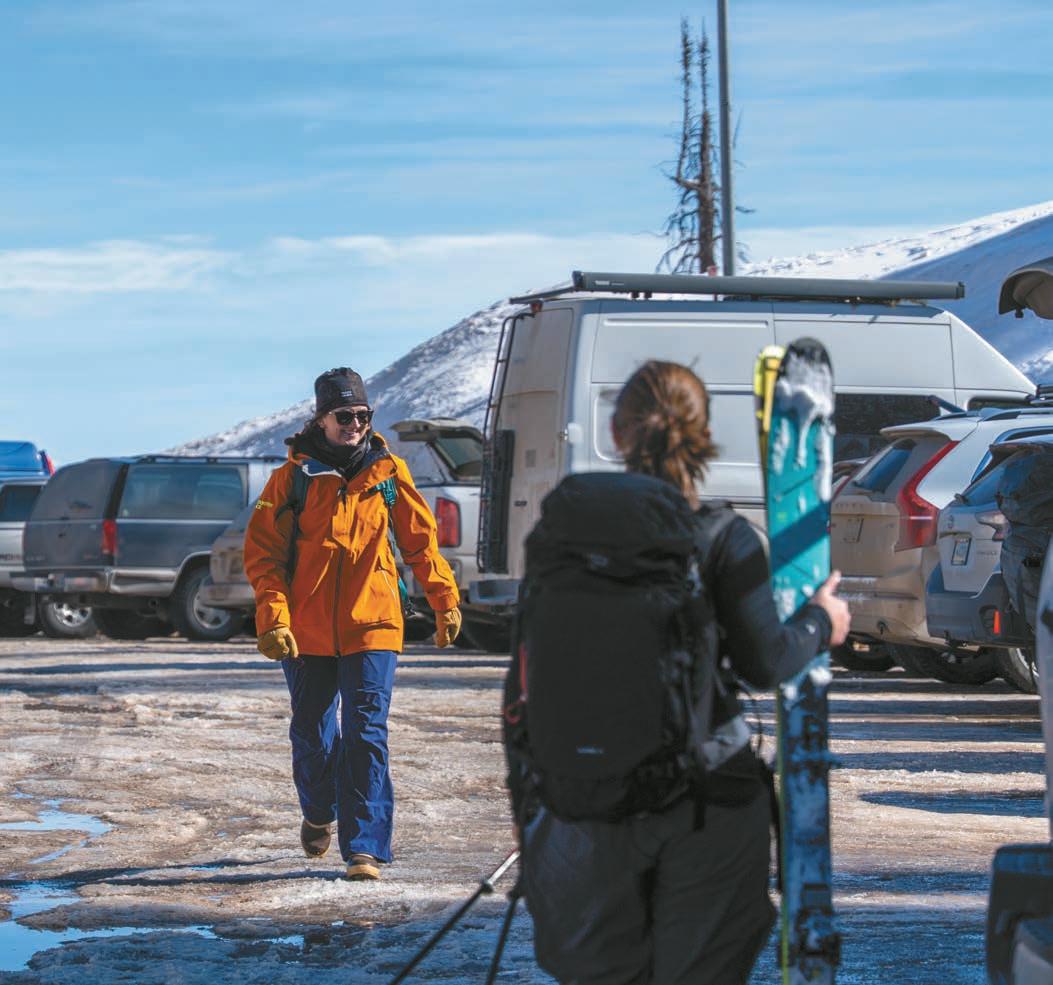

goals on the pass don’t always align with the goals of the agencies tasked with managing the highway, said Bo Welden, another volunteer who also works as a wildlife tour guide. He was interested in volunteering so he could be a part of “community management” of Teton Pass.
“We will take care of this as a collective group of people,” Welden said atop the pass at the end of Febr uary.
The Wyoming Department of
Nonprofit asks local tourism boards with lean budgets for money to fill gaps.
By Christina MacIntosh
The volunteers on Teton Pass for the ambassador program are managed by Forest Service employees on the Bridger-Teton National Forest. Friends of the Bridger-Teton, a nonprofit dedicated to helping forest officials steward the huge swath of public land, oversees the volunteer program by recruiting, training and paying for volunteers.
The winter ambassador program, which includes 10 Nordic ambassadors, is a smaller version of the organization’s 40-some volunteer summer ambassador program.
Summer ambassadors educate visitors about responsible recreation, monitor campgrounds, clean restrooms and patrol popular trailheads. Since the program began in 2021, ambassadors have put out 800 campfires and secured hundreds of food storage violations.
The Trump administration’s ongoing purge of the federal workforce, including forest service employees, leaves unknowns for the program’s upcoming season.
“Forest service employees are the bread and butter of the program,” Scott Kosiba, executive director of Friends of the B-T, said of the ambassador program.
Transportation’s primary goal is moving peo ple by car efficiently over the highway. Not having a bunch of skiers trying to cross the road all the time would make that objective easier, Welden said.
Welden felt he could be part of a community solution, where people balanced the needs of drivers on the pass, the needs of plow drivers and the desire of people to ski the easily accessible runs for which Teton Pass
is well known.
“There’s a limited amount of parking,” Welden said.
If parking is full at the top of the pass, sometimes tensions flare, he said. But if the folks who are waiting for a spot to park personally know the ambassador trying to organize the area, they might not get as frustrated. Part of an ambassador’s work is to maximize the limited supply of parking by encouraging folks to park close together.
Whiting, who is originally from Alaska, got involved in the ambassador program for a few reasons. She wanted to gain familiarity with backcountry skiing on Teton Pass and wanted to stay involved in the sport while recovering from an injury. She also felt the effects of “overtourism” in Alaska and wanted to contribute to the management of a popular destination.
“I know what it’s like to have lots of people just inundate an area and make something unsafe,” Whiting said.
In Denali National Park, where Whiting worked, visitors seemed to be constantly on the hunt for the perfect picture. That also happens on Teton Pass, she said. People can, of course, take a picture, but they should recognize there is a lot of activity — between the cars and the skiers — going on around them. If they take that into consideration, photographers — like the skiers and the drivers — will have a safer experience, she said.
Nagy encourages folks to consider volunteering with the backcountry alliance and to donate via the organization’s website.
“If people are ever looking to voluntee r,” he said, “it’s a really fun, rewarding way.”
Contact Charley Sutherland at 307-7327066 or county@jhnewsandguide.com.
Employees of the forest service supervise volunteers and make sure they’re completing the duties outlined in their volunteer agreement. Volunteers rely on forest service employees to intervene if a problem arises that’s beyond their ability to manage, such as an out-of-control fire, law enforcement issue or the need to cite a camper.
“Volunteers take a lot of care and feeding,” Kosiba said. “They need a lot of support.”
Julie Butler, who has volunteered for the last four summers and will be returning to volunteer again this summer, relied on forest service employees to back her up on patrols and to leave a more official-looking warning to campers out of compliance when necessary.
“We all know that we’re going to have to step up a little more when and where needed,” she said of the coming summer.
Despite the uncertainty surrounding the forest’s staffing, the ambassador cohort will be even bigger this summer. Friends of the B-T intend to add 14 to 16 ambassadors on top of last summer’s 40, including another three to five in Teton County.
“I could put 100 full-time volunteers on the forest next summer, easily,” Kosiba said, adding that funding and the Forest Service’s capacity to manage ambassadors are two limiting factors.
Ambassadors are true volunteers, but Friends of the B-T pays them a per-diem and mileage reimbursements so that it doesn’t cost them to participate in the program. There are also administrative costs to the nonprofit associated with running the program.
The Jackson Hole Travel and Tourism Board for the past three years has paid for volunteers stationed in Teton County. JHTTB awarded $2.35 million to the program between 2022 and 2024.
Friends of the B-T has traditionally paid for ambassadors stationed in other counties using federal funds, due to their comparatively lean tourism budgets. Sublette County brings in about $35,000 per year to invest in tourism, for example, compared to JHTTB’s $6.5 million.
The federal funding that supports the ambassador program outside of Teton County has been “effectively frozen” due to the overhaul of the federal government, Kosiba said. He is seeking local tourism funds to staff volunteers on stretches of the forest outside of Teton County.
“We’re still recruiting, but being clear and upfront with our volunteers,” he said. “The funding is not fully secured, and we’re hoping we can come through on this.”
Contact Christina MacIntosh at 307-732-5911 or environmental@jhnewsandguide.com.
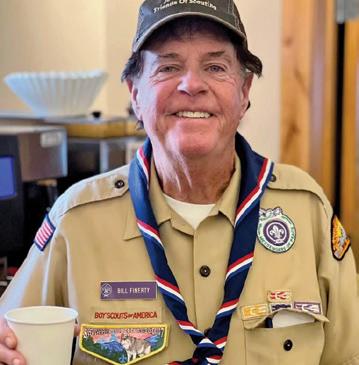


Bill’s dedication to Scouting, spanning nearly his entire life and culminating in earning Scouting’s highest honors – the Silver Beaver, Silver Antelope, and Silver Buffalo – speaks volumes. His influence wasn’t confined to grand achievements; he was a constant presence locally for the last ten years, deeply impacting Troop 67. Bill regularly accompanied the troop on summer camps, campouts, service projects, and weekly meetings, acting as mentor, leader, and friend. He instilled values, taught skills, and inspired countless young men. Bill’s commitment was unwavering, his passion contagious. His impact on Troop 67 and our community is immeasurable. He embodies the true spirit of volunteerism, making him an exceptionally worthy candidate.
Jacob is an amazing volunteer for Jackson Hole Bear Solutions. He has donated countless hours to distribute bear-resistant trash cans around Teton County. He does all of this on his own time to help reduce human/bear conflicts in Teton County. He is always there when we need him to help deliver or unload and assemble bear-resistant trash cans. He has donated photographs of bears to help people understand how valuable this species is to our community. Jacob jumped into helping
JH Bear Solutions with both feet and gusto! And all this for bears! Late night deliveries and hours driving around dropping off cans is something Jacob does happily. We cannot thank him enough for his service to the bears of Jackson Hole! Jacob has delivered hundreds of cans and has helped everyone in the valley be a part of the solution for reducing human/bear conflicts.
Zizi has been helping at the Animal adoption center going on 3 yrs now steady. She also help at all the exhibit booths throughout Jackson during events. The latest was the dog sled race just last week. Zizi is allowed to work with the dogs and cats even when there is no supervision. She has her own business on Rover. And is the highest ranked dog sitter in Wyoming with over 200 5 star reviews and over 500 dog visits.
Thank you to all our amazing volunteers in the valley!


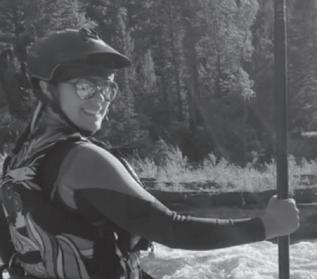
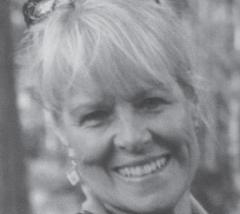

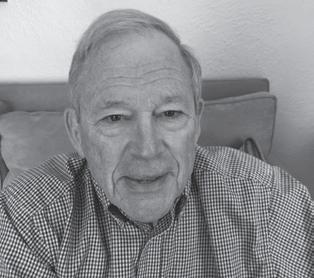


Jacob Krank
Paige MacLeod
Jim Wolf
Ashley Didion
Rebecca Eidemiller
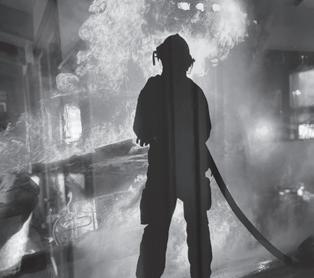
James “Jim” Auge
Lynne Whalen
Zizi Dowda
Lola Mizelle
Bill Finerty
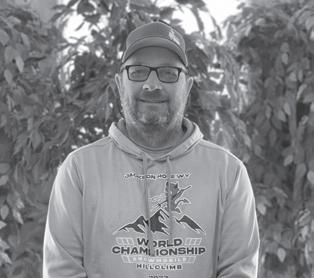
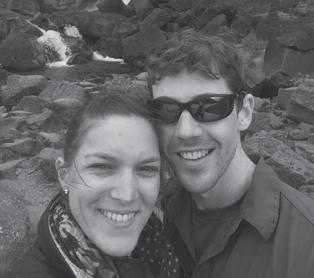
Jeannie Yurgalewicz
Scott Schnieder
Chris Mommsen
Christina Montiel
Andrea Weenig
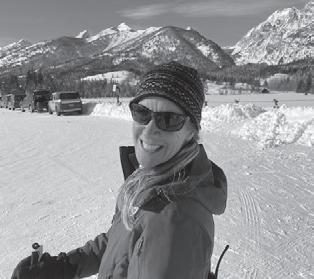
Pat Synder
Jill Callaway
Jim Mahaffie
Al Imhoff
Steve White
Clairey Grubbs transformed a love for fly-fishing into a volunteer position with cancer charity Stripping for a Cure.
By Kate Ready
Standing on the edge of her 50th birthday, avid fly-fisher Clairey Grubbs remembers what it felt like years ago to walk into fly shops in Montana, realize she was the only woman in the store and field the same questions from sales people: “Are you waiting for your husband? Are you shopping for your boyfriend?”
Grubbs, 49, simply turned around and walked out of those shops forever. Now she’s working to get more women on the water as a board member for Stripping for a Cure. The nonprofit connects cancer patients and their caregivers to the healing power of fly-fishing, and raises money to make the cancer journey a little more nourishing.
a Cure, which started off as a small group of ladies gathering to fish, celebrate each other and heal from the trauma of cancer.
Now the nonprofit hosts 66 female anglers every August at its Fishing Day on the Snake River, followed by a fundraising party the next day complete with games and raffles.
“It gets a little confusing running around raising money for strippers.”
In the summer of 2019, Grubbs was asked to join the board of six as a volunteer where she helps to bring in donations, promote the nonprofit’s goings-on and sets up events. Since 2018 the nonprofit has raised $955,000 for the St. John’s Health Foundation.
— Clairey Grubbs STRIPPING FOR A CURE VOLUNTEER
“It gets a little confusing running around raising money for strippers,” Grubbs said with a laugh. “‘Stripping’ is a term in fly-fishing where you’re pulling the fly back toward you on the fly line.”
In 2015, Grubbs became involved with Stripping for
Grubbs took on the volunteer task because of her passion for the project. She is one of hundreds of volunteers in the area who devote time to something simply for the love of it.
Grubbs was introduced to the group from her fly-fishing mentor, who sponsored her for the group’s fishing day in 2015. She enjoyed it so much she wanted to continue to be involved.
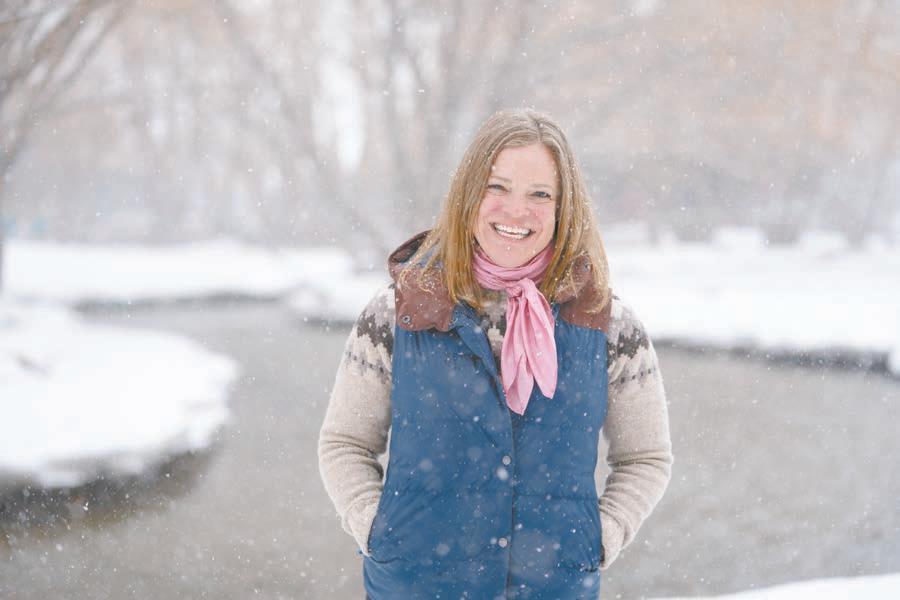
“The raising money for cancer was just the icing on the cake,” she said. Through the Oncology Patient Support Fund, which supports all cancer patients receiving services at St. John’s Health, Stripping for a Cure has provided massage and acupuncture appointments, counseling sessions and grants to remove financial barriers preventing access to medical treatment or equipment. Grubbs’ latest effort to fundraise for these support services has landed in the form of pink hats. Grubbs and local artist Abby Paffrath believe the hats, depicting women fly fishing in front of a Teton sunset, may be some of the first mass-produced art of its kind.
Teton County 4-H Volunteers are inspiring the next generation! Thank you for all you do for our community!
Abad, Joy Abel, Trent Ackley, Misty Adams, Valerie Block, Becca Bonilla, Kayla Brown, Diana Brown, Michelle Brown, Selena Buchner, Jay Budge, Jane Burke, Joe Carr, Jenny Castagno, Ryan Cedarholm, Courtney Cestia, Mick Christensen, Hunter Dornan, Will Eggers, Russell Ellis, Esther Feuz, Pete Fisk, Bruce Funk, Trudy
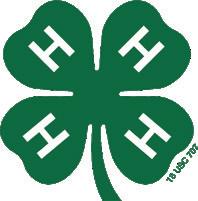
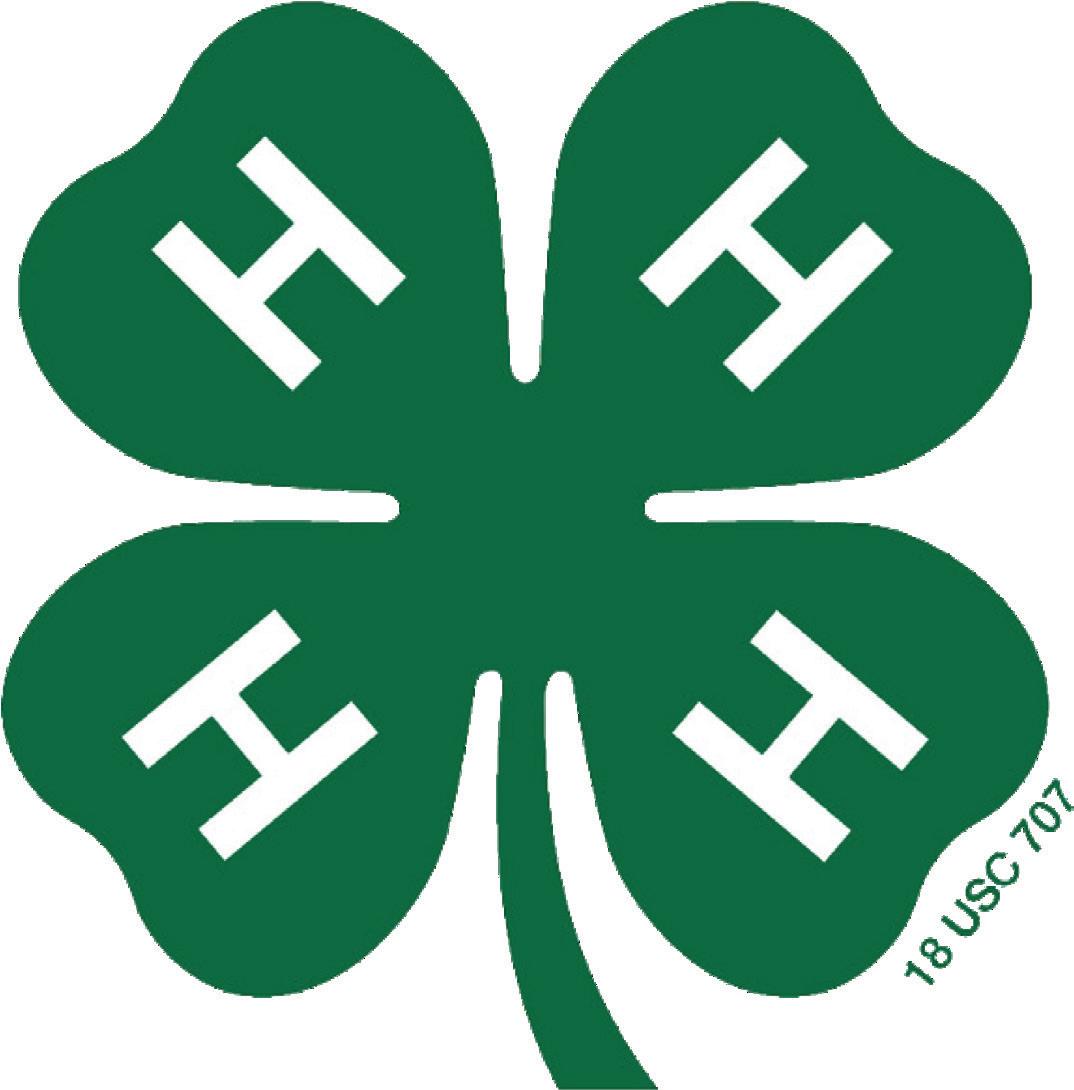
Genzer, Rebecca Grimes, Rachel Hansen, Gwen Hansen, Marybeth Hardeman, Scott Hasenack, Shannon Hibbert, LaRee Hibbert, Megan Hibbert, Molly Hiltbrunner, Trista Hindman, Amy Hobbs, Will Kavanagh, Katie Kuhns, Jared Lanier, SaraLee Lockhart, Cody Lowenfels, Lisa Mahood, Ginny Martin, Mary Mayberry, Rosa Marisol McGaugh, Alicia Mitchell, Rebecca Morris, Deirdre
Novak, Krista Ramella, Tatyana Reichel, Sue Robertson, Michael Robertson, Nicole Romsa, Pamela Sgroi, Krista Smith, Vonde Smits, Thomas Staal, Emily Stines, Adria Taylor, Amy Turner, Polly Viehman, Devon Wilson, Andrew Wilson, Brandi Wilson, Buskin Wilson, Dana Wilson, Meredith Wright, Robyn Young, John
“What I found was only women spin fishing, and even then only a couple of those,”
Grubbs said. “No one could find any dang [images of] women in a boat fly-fishing.” Not anymore, thanks to Paffrath’s hats, priced at $35, which are now available at Orvis, Teton Village Sports, JD High Country Outfitters and WorldCast Anglers in Victor, Idaho. Profits from the hat will go directly to Stripping for a Cure to support local cancer patients.

Lina Collado
Veronica Banks
Lynn Wegner
Lily Remlinger
Bob Peters
Claudia Vanremoortere
Catherine Bradford
Rachael Harrower
Dylan CampuzanoOlivares
Parker Coleman
Julie Greene
Kate Lucas
Perri Stern
Kris Gridley
Susanne Jackson
Estela Torres
Paul Hansen
Gina Kyle
Georgie Stanley
Alexandra Ownby
Alexis Richardson
Phoebe Lewis
Mia Nissenberg
Grace Deslauriers
Beth Schenck
Sam Neirman
Karoline Montes
Hannah Trask
Joe Burke
Gia Morillon Garcia
Sarah Kerr
Jeana Troyan
Robin Keeler
Morgan Graham
Gia Morillon Garcia
Lucy Waldrop
Maria Delgado
Elle Czura
Frida CampuzanoOlivares
Debbie Schlinger



Catherine Maguire
Ashly Hernandez
Donald Cooke
Cate White
Jocelyn CampuzanoOlivares
Gabrieo Hernandez
Jennifer Bruno
Ceci Bruno
Luna Wang
Lynn Straker
Christine Sherry
Georgie Stanley Charlotte Alimanestianu
Mackenzie Moore
Mary Fleming Finlay
Andy Melendez
Jack Ford
Will Broeder
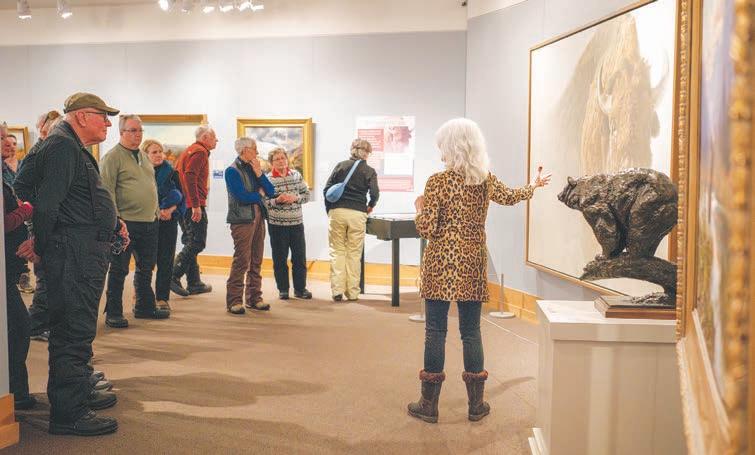
The museum is always looking for more docent volunteers, and tries to make the onboarding easy and worthwhile. Wilson said the general timeline is one to three months of training, sometimes more or less depending on a volunteer’s schedule.
“We try to be really flexible,” she said. “We are thankful for their time. Any time they are willing to give and put into it, we are grateful.”
People learn the history of the museum and of the collection, even if they’ve never had formal art history training.
And the docents have fun, too. Finlay recounted a tour she gave to a French tourist group, where she was able to brush up on her French (she was a French teacher before retiring). Docent Julie Matze, who has been a docent for 20 years, recalled a multi-generational group with grandparents and grandkids, where she was able to connect with the kids in a way that relieved the older generation. Brides and wedding
parties have requested tours — even shortly after the ceremony. Business groups, friends, couples and families all take advantage of the personal tour.
Guided tours cost $50, and that money goes back into the docent training program, as do any tips. (Free docent tours are offered at 11 a.m. Wednesdays June-August.) Tours generally take about an hour, but it depends on how interactive the group is and how many questions they ask.
Sometimes there are multiple tours at once, and docents have to get creative about their circuit through the museum so as to not get in others’ way.
In all, the docents have found the museum a place they can become immersed in, and it helps them stay connected to the area.
“The museum is my anchor,” Finlay said.
“I’ve come to learn and love this place,” Matze said, “because the animals you see inside are the very animals you see outside.”
Contact Whitney Royster at valley@jhnewsandguide.com.
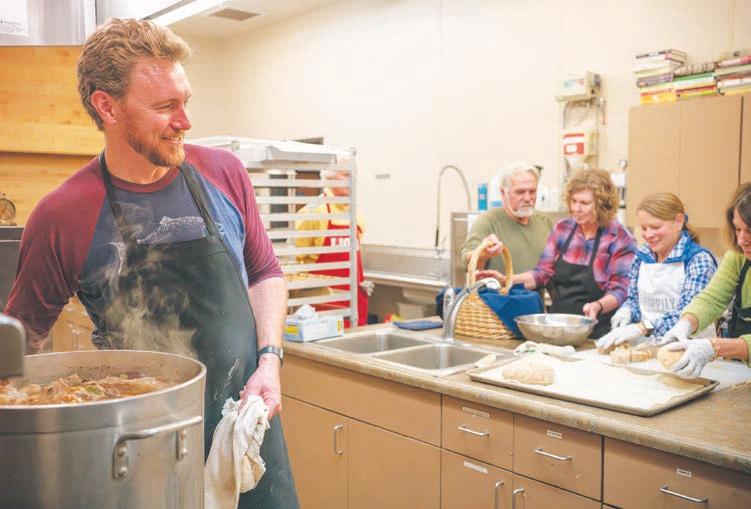
Commit their time, talent, and passion to make a lasting impact on our local economy and character of our community! From our Board of Directors to special event volunteers, these people make Jackson Hole amazing!

scrubbed dishes. Soon, Schrotz and Reedy brought out the meal, and a line formed.
Schrotz pointed to the line and said with a smile, “My favorite part is watching the people.”
This night’s menu included salad, macaroni and cheese, and chicken.
Baki, a chef at Provisions, comes up with a different dinner each week, depending on the deals he can find at local grocery stores. His favorite part is working with the other volunteers.
“When they’re working voluntarily here, they want to be here,” Baki said. “So that makes a huge difference. Everyone’s always happy… It’s like the best part of the week.”
This is Baki’s first year working as a part-time chef at the church. Five years ago, with a different cook at the helm, volunteers cranked out around 300 meals a week for takeout
during the pandemic. Guests would drive up to the kitchen window, tell the volunteers how many meals they needed, and drive away with dinner.
On the other side of the church, helpers administered vaccines.
Throughout crises and calm times, Wednesday dinner has remained a valley constant.
As people moved around to get food and say hello to familiar faces, associate pastor Reverend Tammy Mitchell greeted guests. She has been at the Presbyterian Church of Jackson Hole for close to nine years now, and for her, there’s no better time to interact with the community.
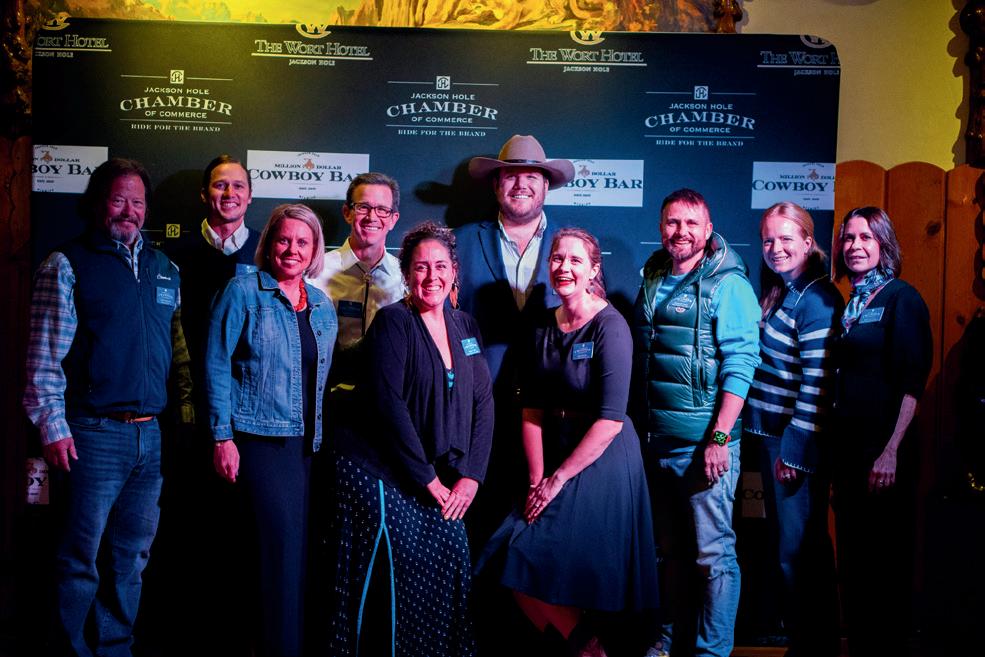
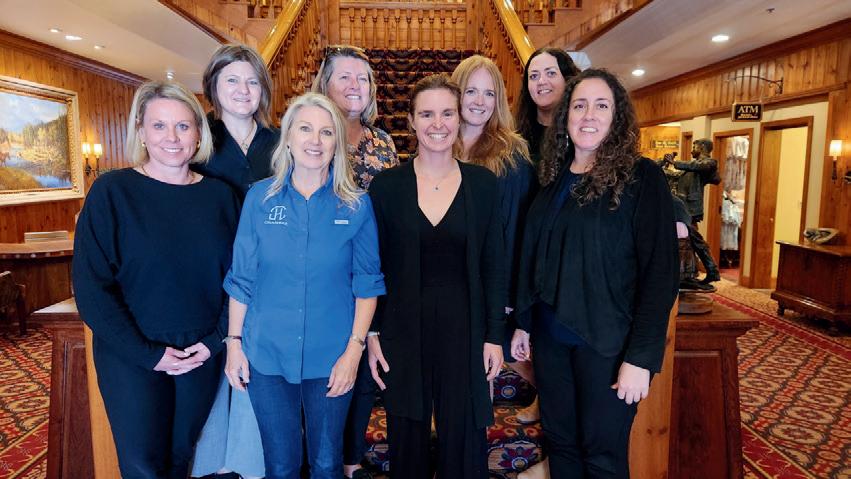
VOLUNTEER COMMITTEES:
“It provides a really great atmosphere for getting to know each other, reaching out to people we don’t know, as well as people in the church and in the community,” Mitchell said.
“People feel like they belong here.”
Contact Kyle Leverone at 307-732-7065 or sports@jhnewsandguide.com.
Destination Sales & Marketing Membership Engagement JOIN OUR TEAM!
Special Events Fall Arts Festival Old West Days Business Development Young Professionals of the Tetons Govenrment & Community Affairs

LEARN MORE:
Attend our volunteer mixer on April 24th to sign up for events and committee opportunities.
VOLUNTEER MIXER APRIL 24, 5 - 7 PM FOOD, DRINKS AND TONS OF RAFFLE ITEMS!!
www.jacksonholechamber.com
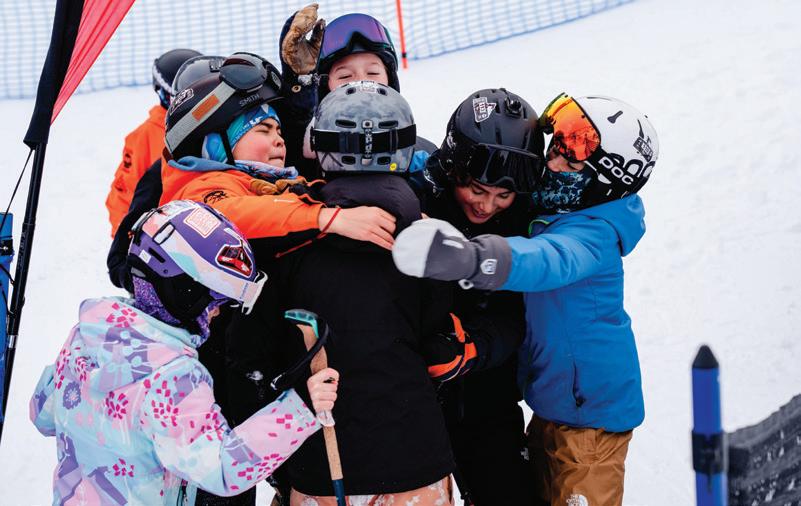
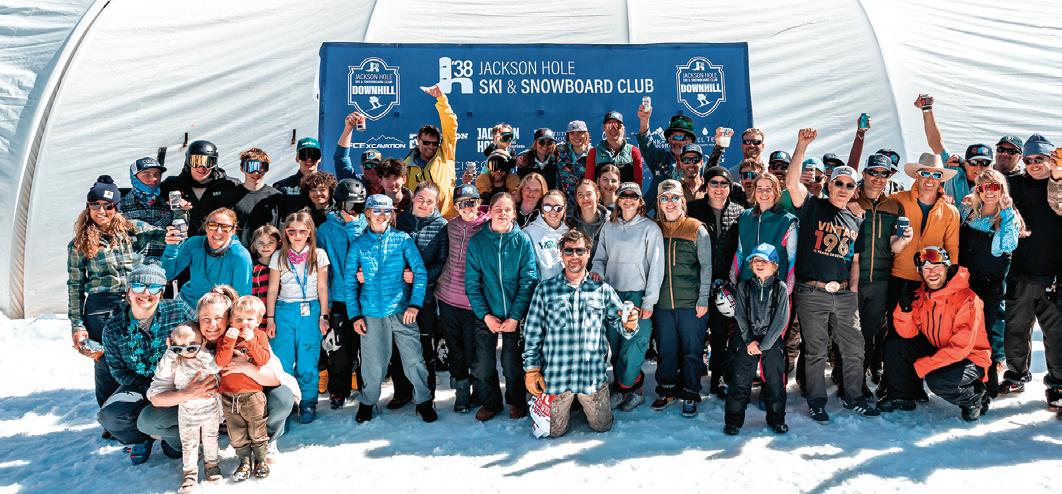





years. “But really, there’s a place for everyone (in the club).”
And while many of the event volunteers have been involved with other 4-H programs — like rifle, horse, sewing, or dog programs — the community-based program is often more accessible for many Teton County families. Through the program, the kids learn how to spearhead and self-guide their volunteer efforts. “It’s kid interest,” Lowenfels said. “As a club, we just kind of brainstorm: What are all of our favorite projects?”
Some of these volunteer projects repeat every year. For instance, Helping Hands partners with the

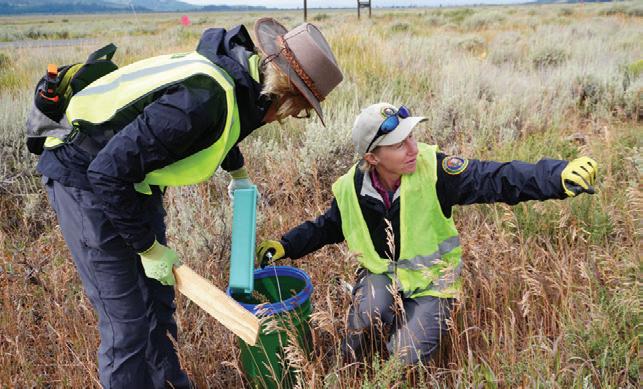


Soroptimist of Jackson Hole for the annual Christmas tree auction. This March, Helping Hands will work alongside the Good Samaritan Mission to serve dinners, as they have in the past. The same goes for the Wyoming Special Olympics. Because these events repeat annually, some of the longer-tenured 4-H’ers have been able to connect and form relationships with regular participants, like the Special Olympic athletes. Turner made sure to point out an athlete wearing a series of red-ribboned medals: “His name is Chris. I’ve seen him every year since he started… He took a selfie with me this morning!”
Contact Andrew Stojkovich via valley@jhnewsandguide.com.
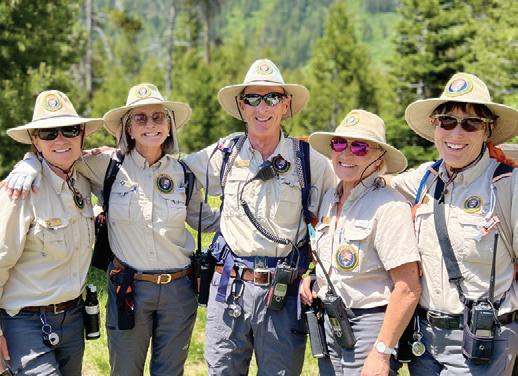

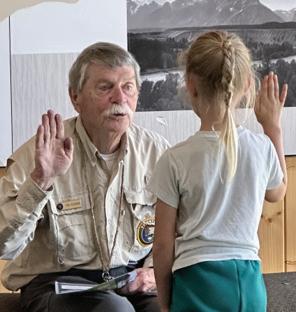


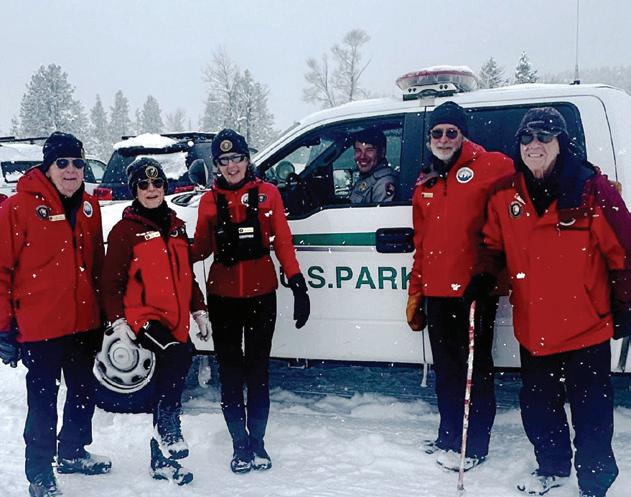

“That was pretty exciting for Jerry,” she said. “He had been on a lot of rescues, avalanches. ... To find that skier under the slide was the best.”
Though avalanche rescue dogs are the norm today, back when Balint and MacKay first suggested the idea in the late ‘70s, resort officials had to be convinced, Jeanni Balint said. Once they’d seen the dogs at work, resort bosses started pitching in with some kibble and other expenses, but the dogs were always the property of their handlers. Searching might have been part of their jobs, Jeanni said, but patrollers who became involved in dog work spent a lot of time and money of their own to keep the hounds ready to go.
Balint’s volunteering (the dogs also went on Teton County Search and Rescue calls) was a combination of wanting to help people and of finding a way to work with animals he loved.
“The dogs were always part of his life,” Jeanni said. “He loved each dog, he loved them all, but whenever there was a new one it
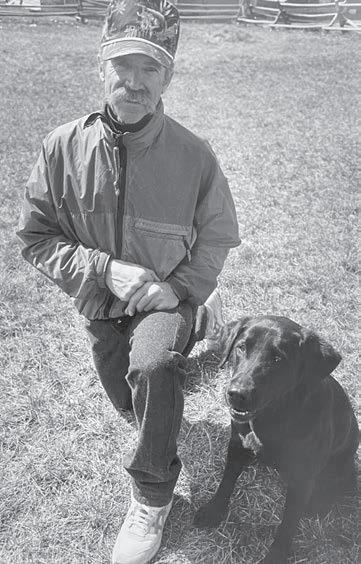
was ‘The best dog ever.’”
Contact writer Mark Huffman at 307-732-5907 or mark@jhnewsandguide.com.


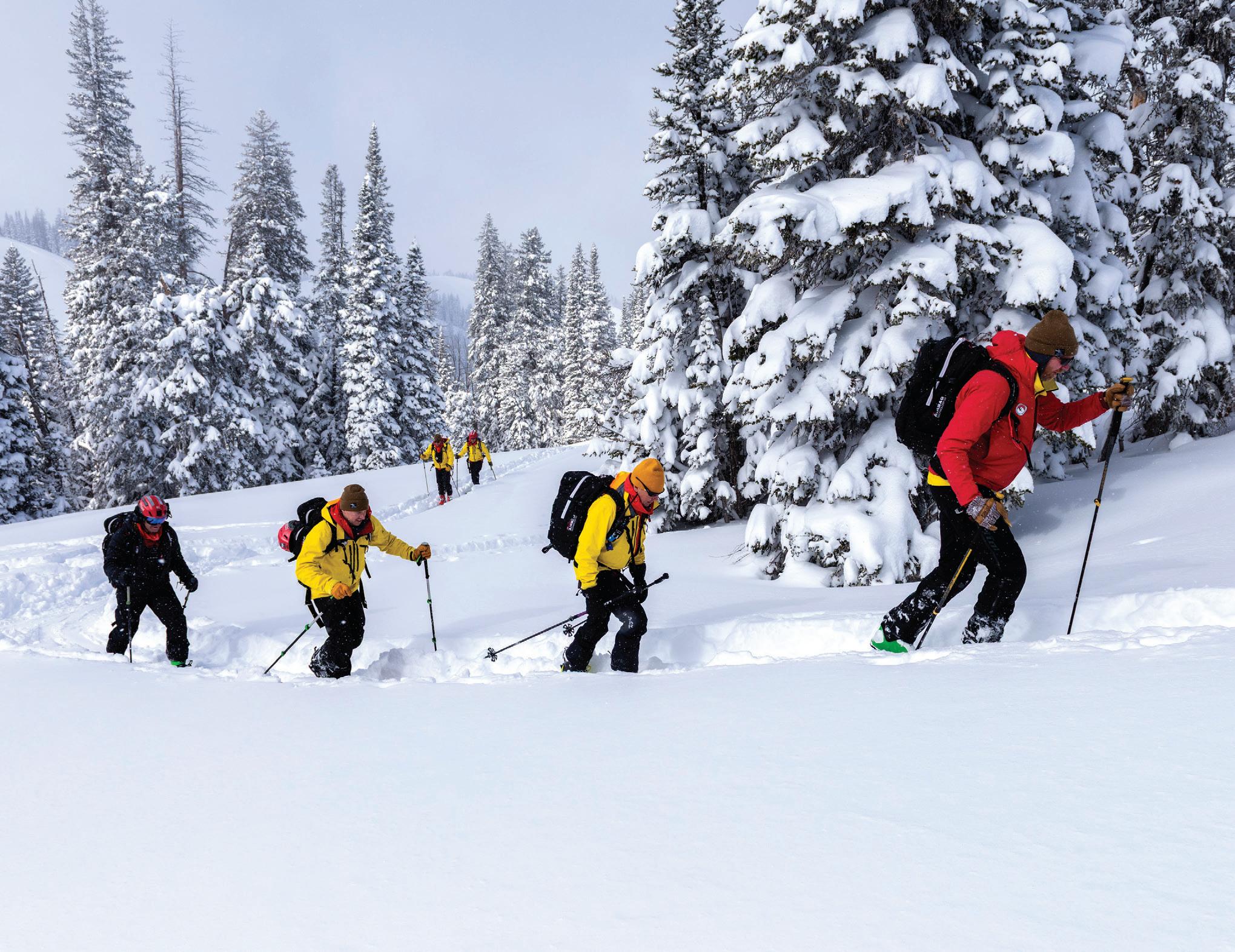



wasn’t always assured; in fact, it took several decades for her to trade in her spin rod. Raised in South Carolina, Grubbs distinctly remembers the first time, around the age of 4, she woke up in the dark to go fishing.
“It felt like I was on this grand adventure,” Grubbs said. “We caught fish all morning long. I’ve always had a really busy brain, and I just remember being at peace and being outside
Grubbs officially moved out to Jackson at 19 but had been visiting Jackson as a kid with her uncle’s family, who were early homesteaders. Thus began the familial pressure to
“I spent a lot of time in the parking lot of Dornans learning how to fly fish and casting,” Grubbs said. “Will Dornan spent a lot of time with me helping me with my cast, and it just never felt natural. I just wanted to
Too much movement led to too much frustration: at first it felt like an “ADD kid’s nightmare,” she said.
In her early 30s, she began dating her now-husband, a fly-fisherman. A competitive soul who saw herself being out-fished by the boys, she
“Next thing you know, it became an addiction,” Grubbs said. “I haven’t picked up a spin rod in 10 years.”
Now Grubbs wants to show other
water-dweller. Fly-fishing has shown her a peace that she only dreamed of when she was battling alcohol addiction, not to mention other lessons like limiting your expectations, and trudging through obstacles even on
“It calms my mind down,” Grubbs said. “It’s a rhythm that’s become
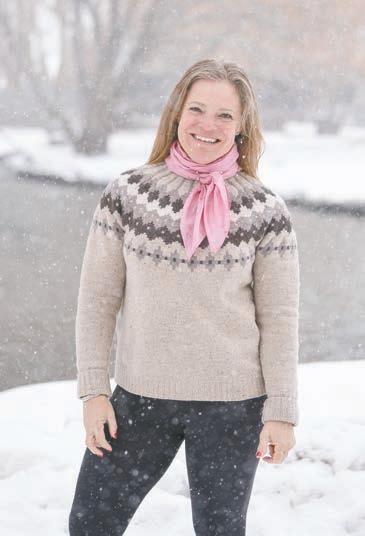
second nature to me. That’s one thing about fly-fishing is that you’ve never arrived. There’s always something to be learning.”
She said her legacy as a Stripping board member is expanding the nonprofit’s community, casting a wider net.
“I wanted to make it more accessible to everyone in the community, especially a younger presence,” Grubbs said. “When it comes to being of service, and helping others, I feel like everyone naturally wants to help other human beings. It’s part of who we are to be of service to one another. I don’t want anyone to feel like they can’t help because they don’t have a certain amount of money. There are so many ways for people to be involved.”
Contact Kate Ready via valley@jhnewsandguide.com.
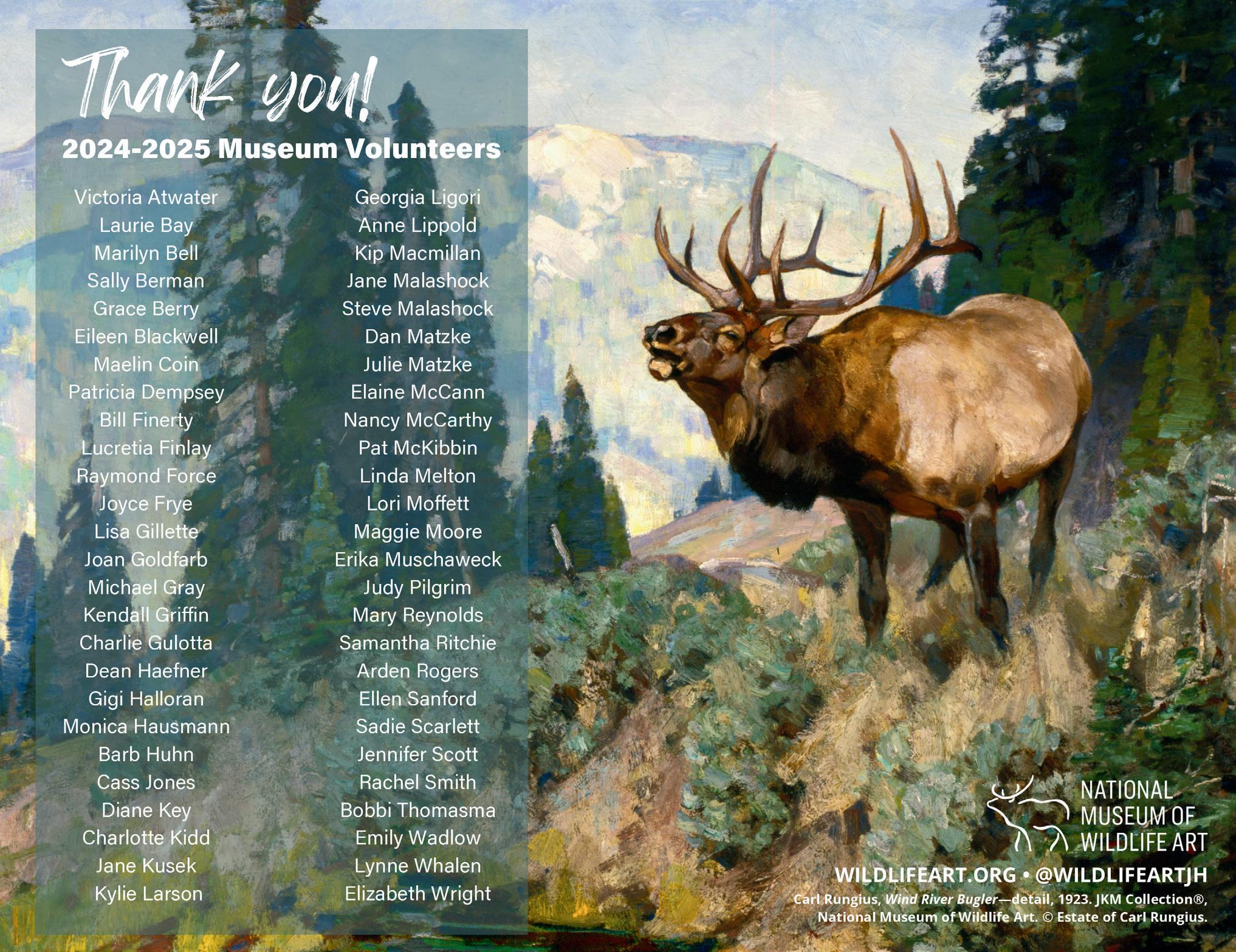
he we nt above and beyond. Oftentimes a person is nominated for one passion, whether it’s working at a hospital or the art museum. She said he could be found ushering at church every Sunday, fixing birds at the Teton Raptor Center or taking a troop up to Leigh Lake for an overnight backpacking trip.
Every year, Finerty also traveled to remote corners of the world to provide surgical care to communities in need, selflessly offering his skills to those who otherwise had little access to medical services, according to Er win. He was involved with projects in many countries, including Cambodia, Bangladesh, Bhutan, Nepal and Haiti.
These acts didn’t go unnoticed.
“Bill made giving back a fulltime commitment, contributing over 1,300 hours of service to Teton Raptor Center over the past seven years,” said Amy Brennan McCarthy, chief executive officer of the Raptor Center. “He did this with an enormous heart and a steadfast commitment to conservation. While he will not be able to see this recognition, I believe it is important for our community to celebrate his many contributions of time and talent.
“His legacy of service can serve as an inspiration to others.”
Erwin, who signed Finerty up to volunteer in the park in 2018 and supervised him, said the loss was felt across Teton park. She said he had become a part of the family. At a memorial gathering on Feb. 18 that she thought would be small, even the park superintendent and remote South District law enforcement rangers showed up.
There was an outpouring of “Bill stories” and reflection on the loss.
And the nominees are ...
Jacob Krank
Paige MacLeod
Jim Wolf
Rebecca Eidemiller
Jim Auge
Lynne Whalen
Jeannie Yurgalewicz
Scott Schnieder
Chris Mommsen
Christina Montiel
Andrea Weenig
Pat Synder
Jill Callaway
Jim Mahaffie
Al Imhoff
Steve White
She had many of her own. He came to her wedding, kept a tally of dirty diapers that he found in the bear boxes at String Lake and always struggled to decide what uniform he was going to wear in the Fourth of July parade.
“Should he be a ranger or go in his Boy Scout uniform?” she said. “He always chose the Boy Scout because he wanted to make sure they were represented.”
Riemondy said she and other volunteers nominated him for Super Volunteer be cause he deserved the recognition, but she doubts he would have expected the award even with the values, skills and inspiration he brought to the table. She said he would have been surprised by the nomination and honored.
“It’s a way for us to kind of feel good about losing him,” she said.
Contact Jasmine Hall at 307-732-7063 or state@jhnewsandguide.com.
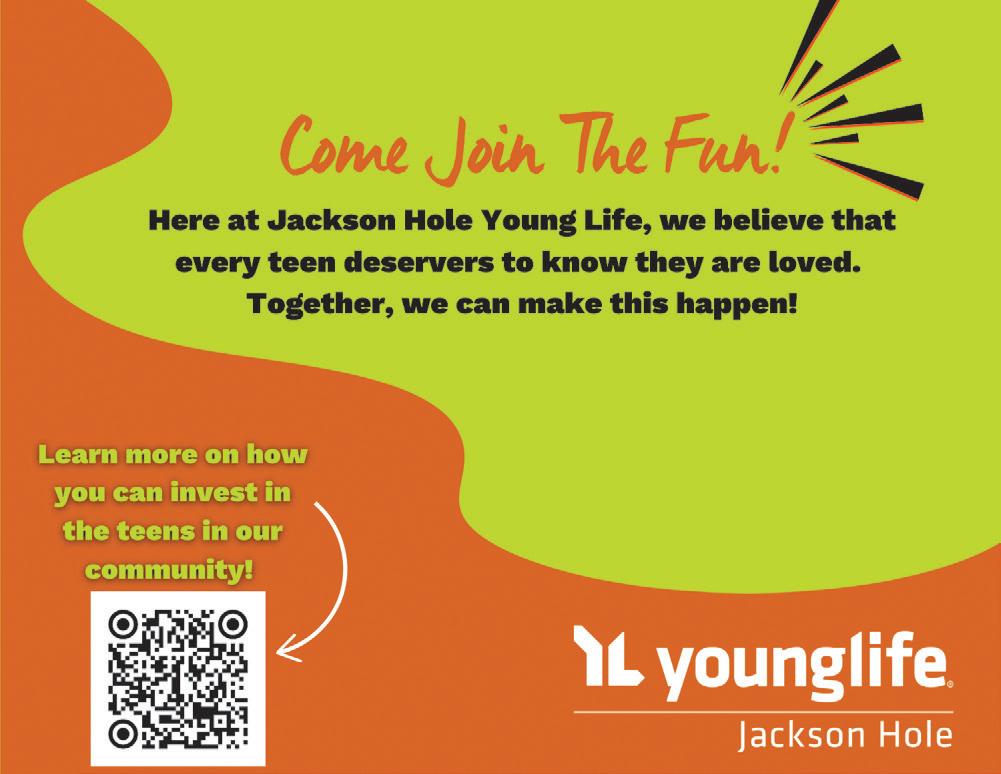
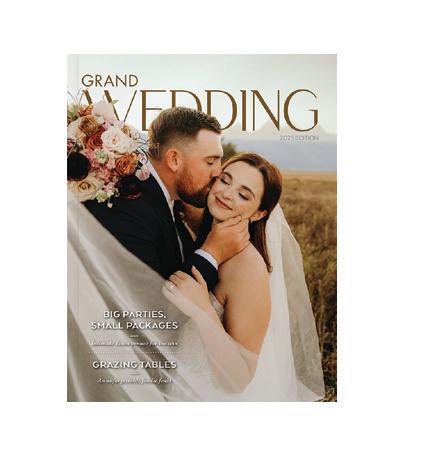
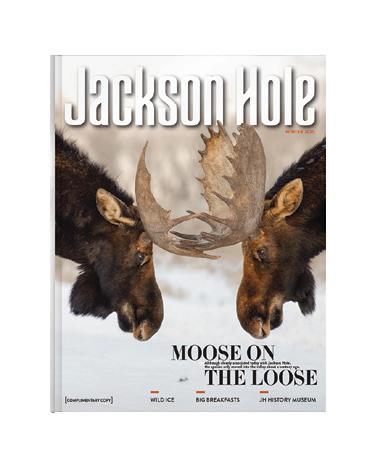
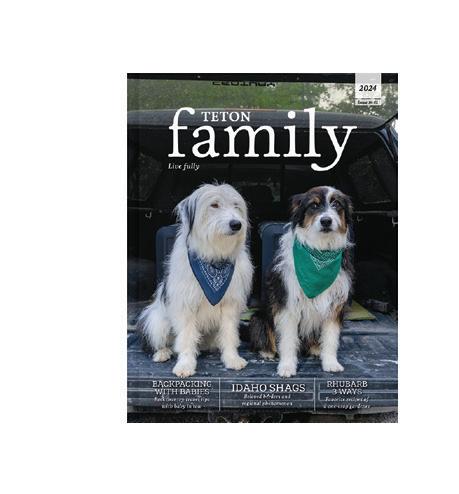

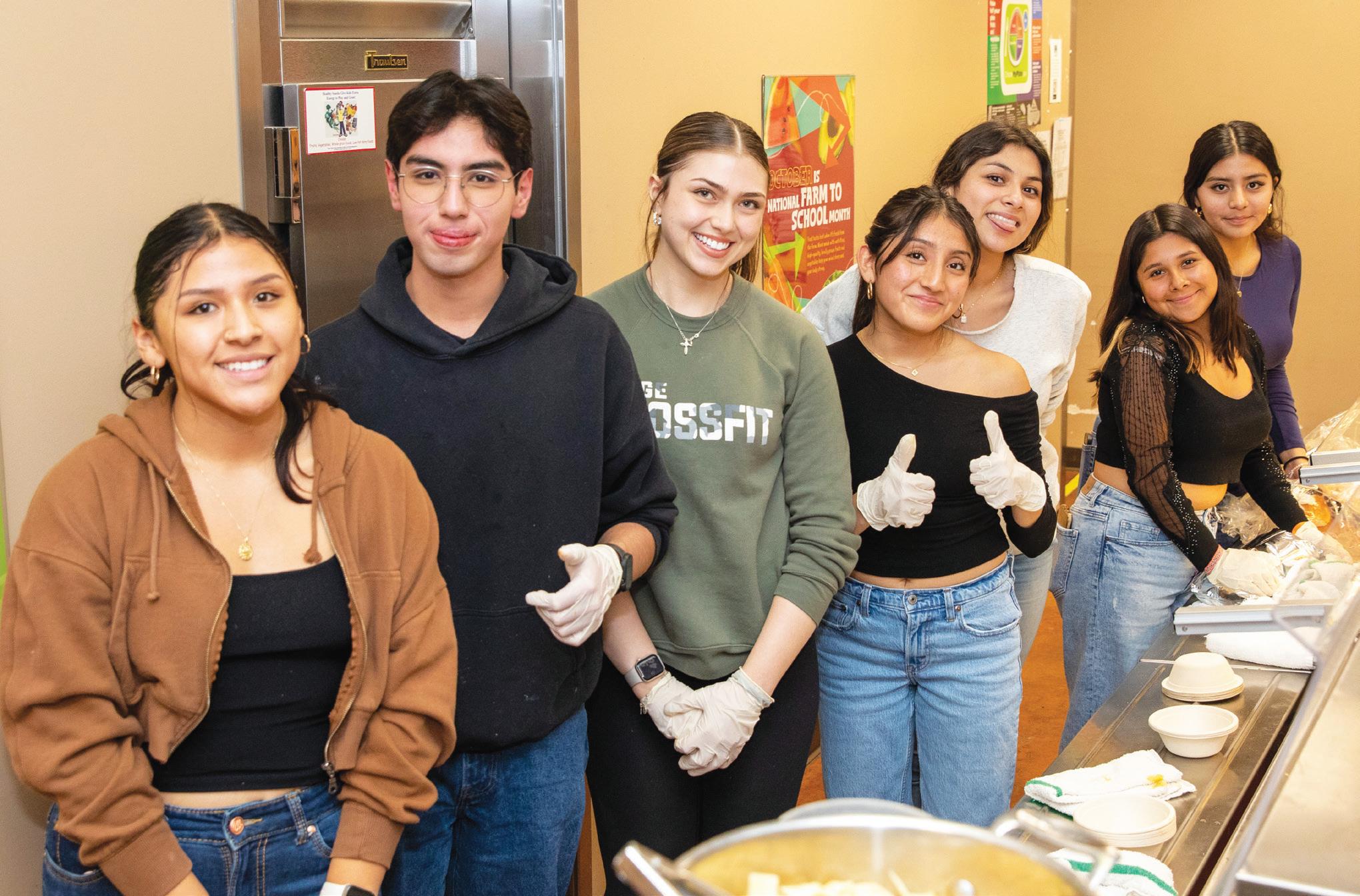



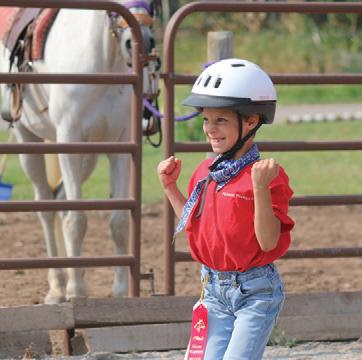

Volunteer
Please visit the Community Foundation’s Volunteer JH for more details.